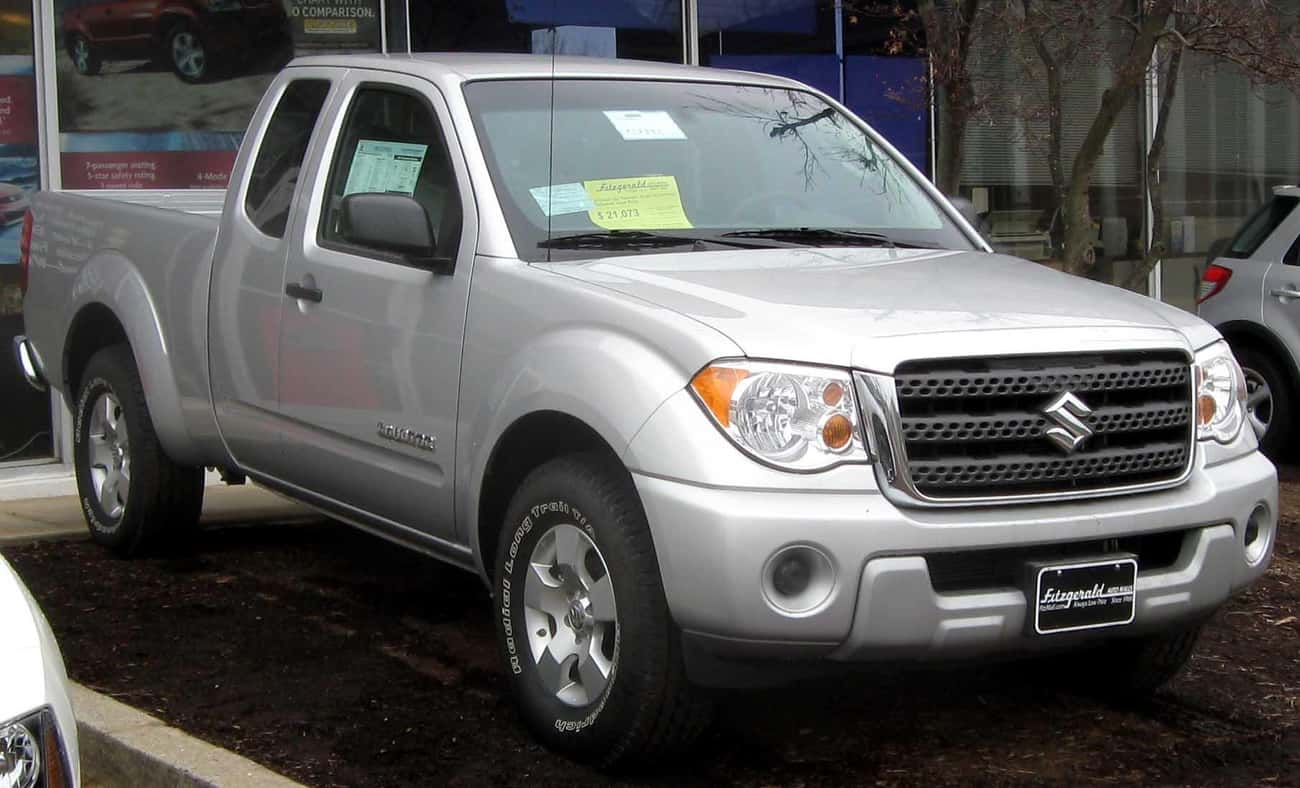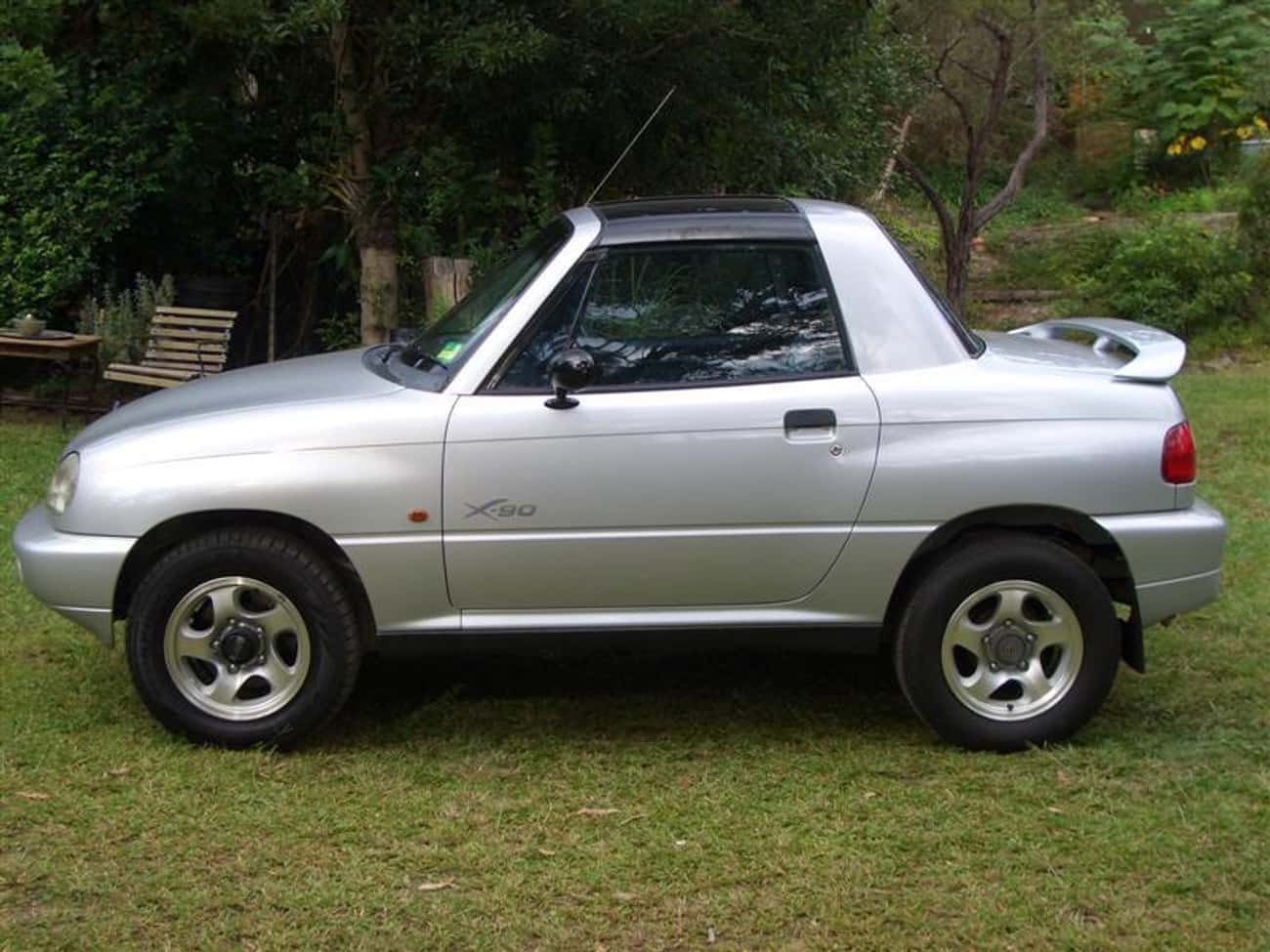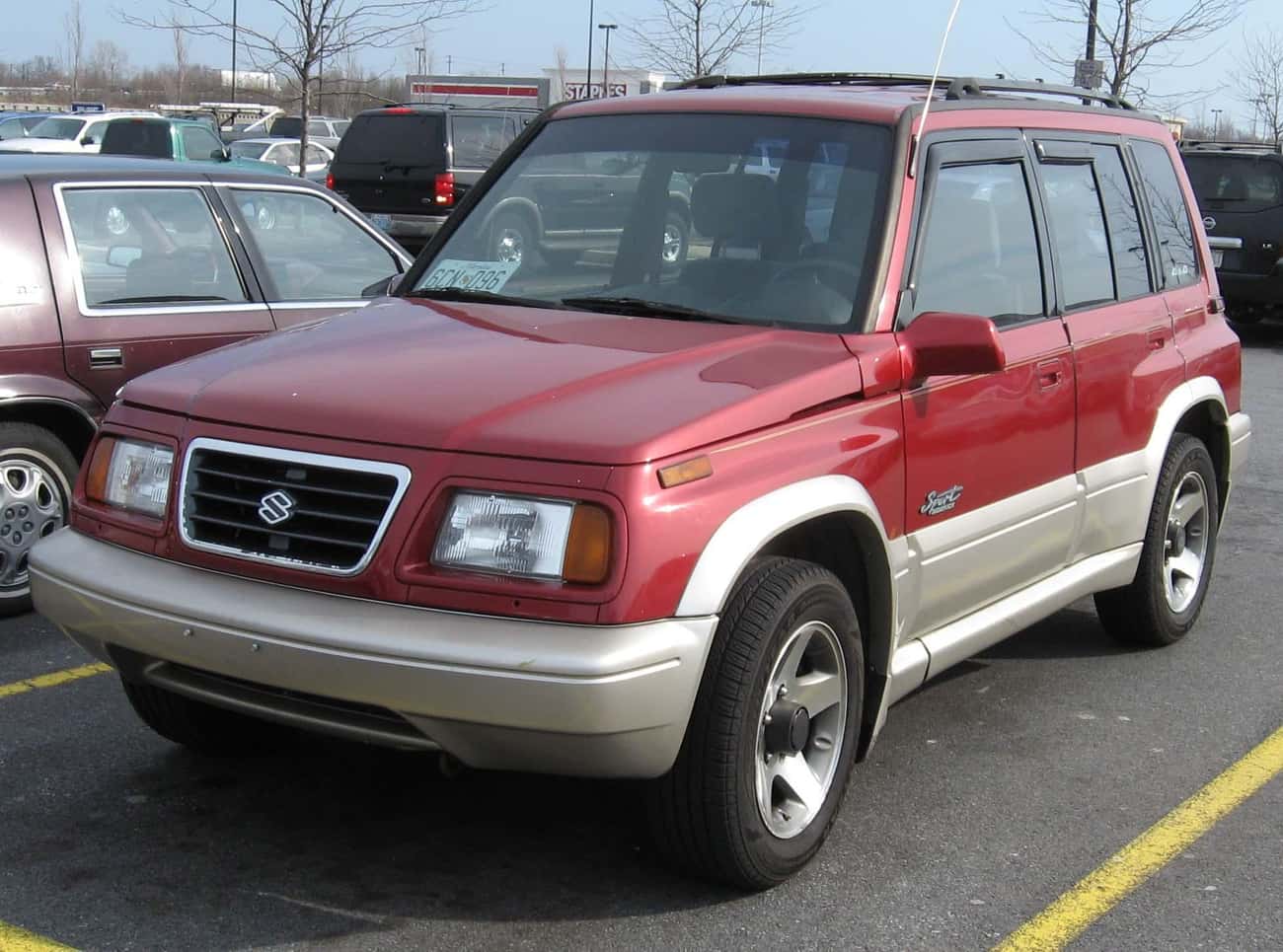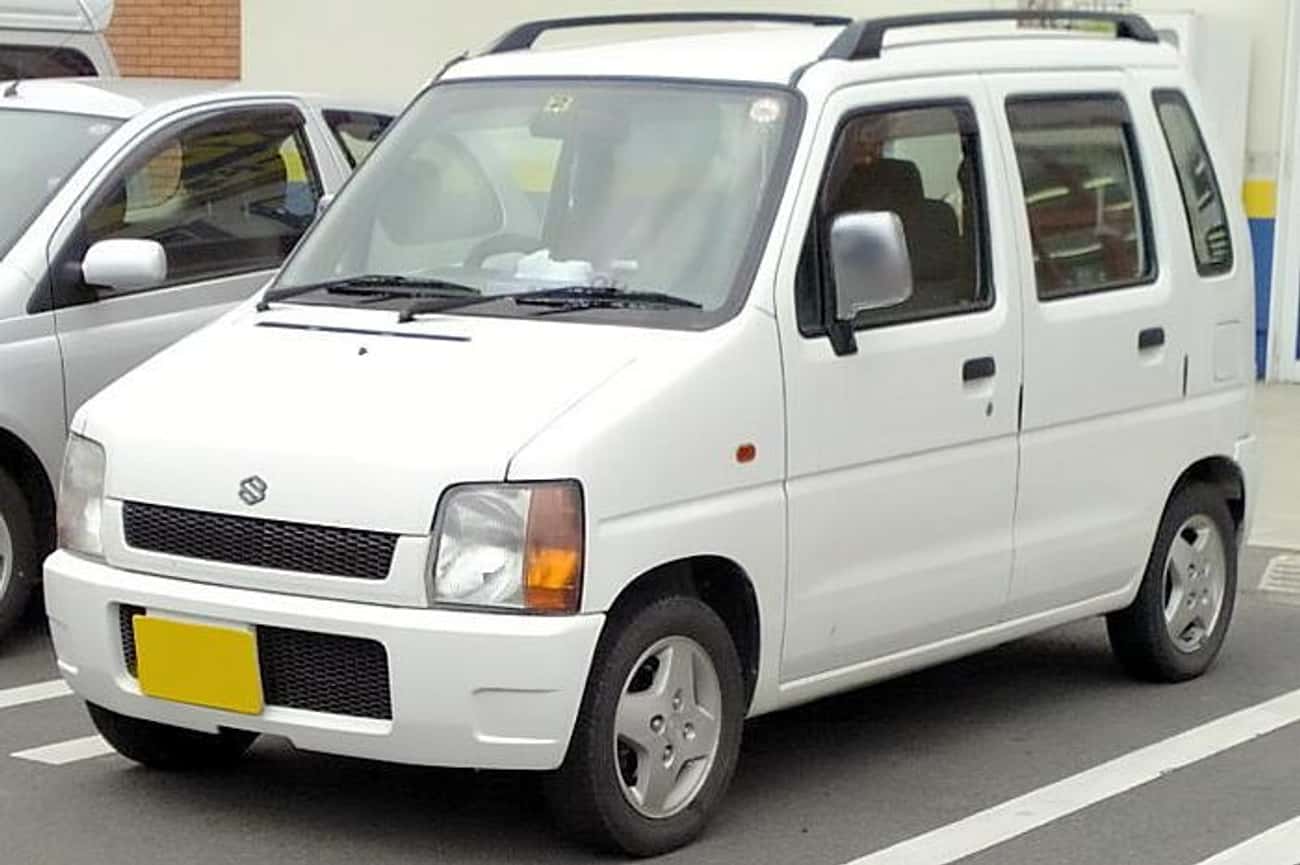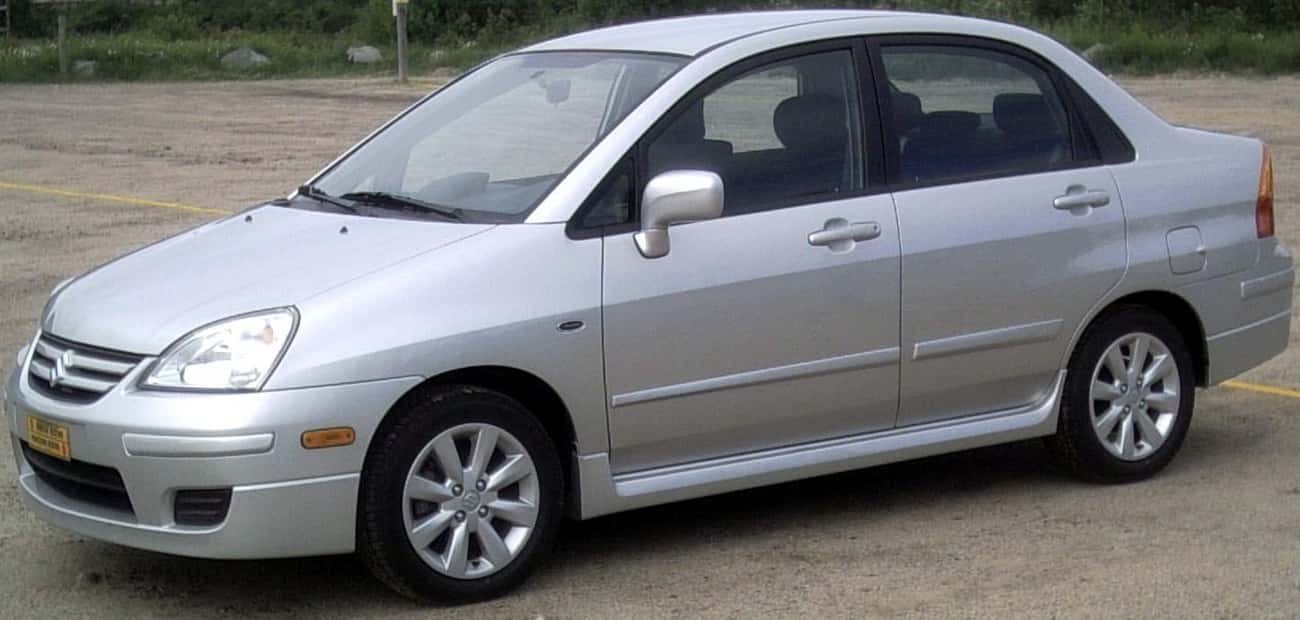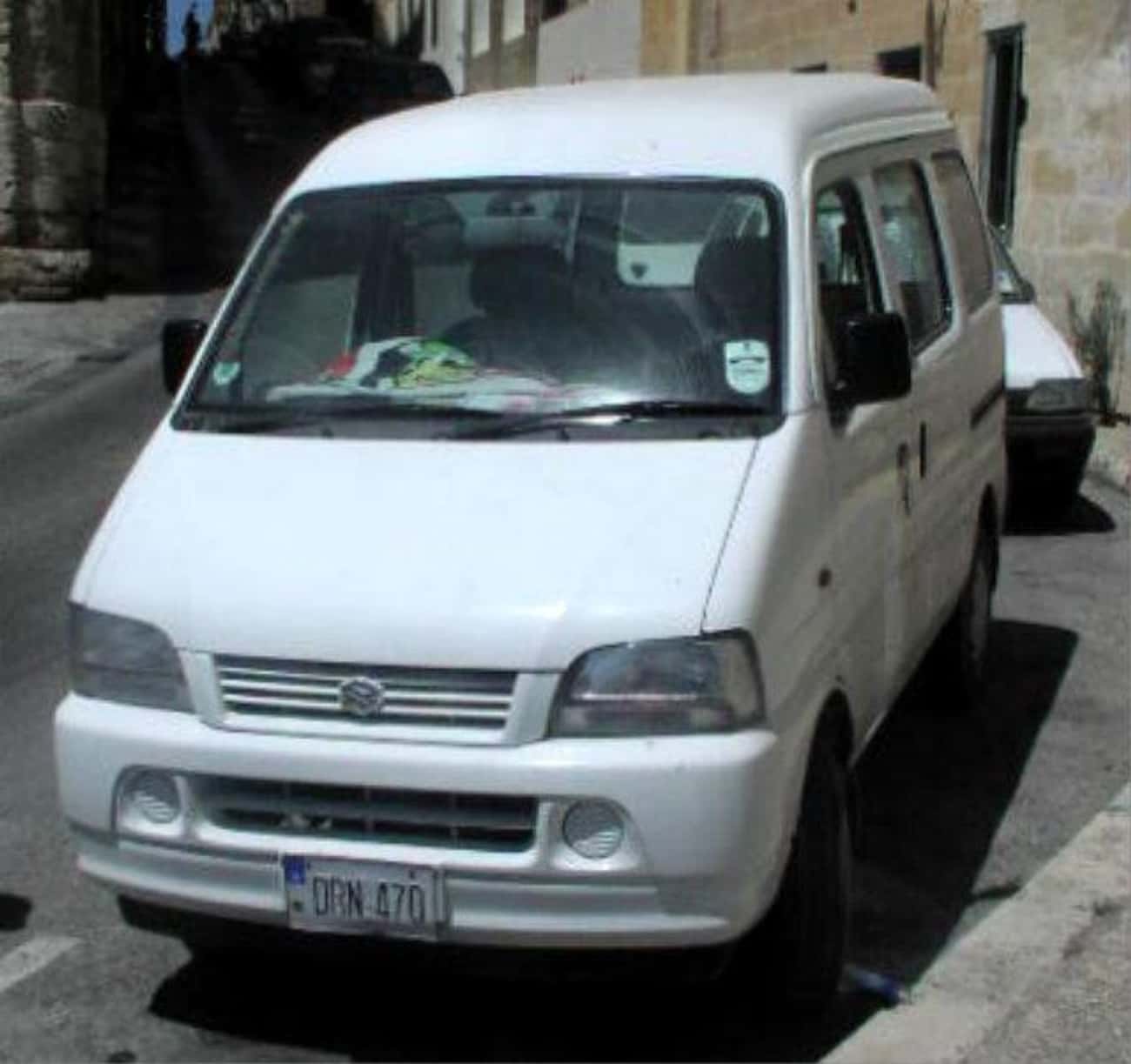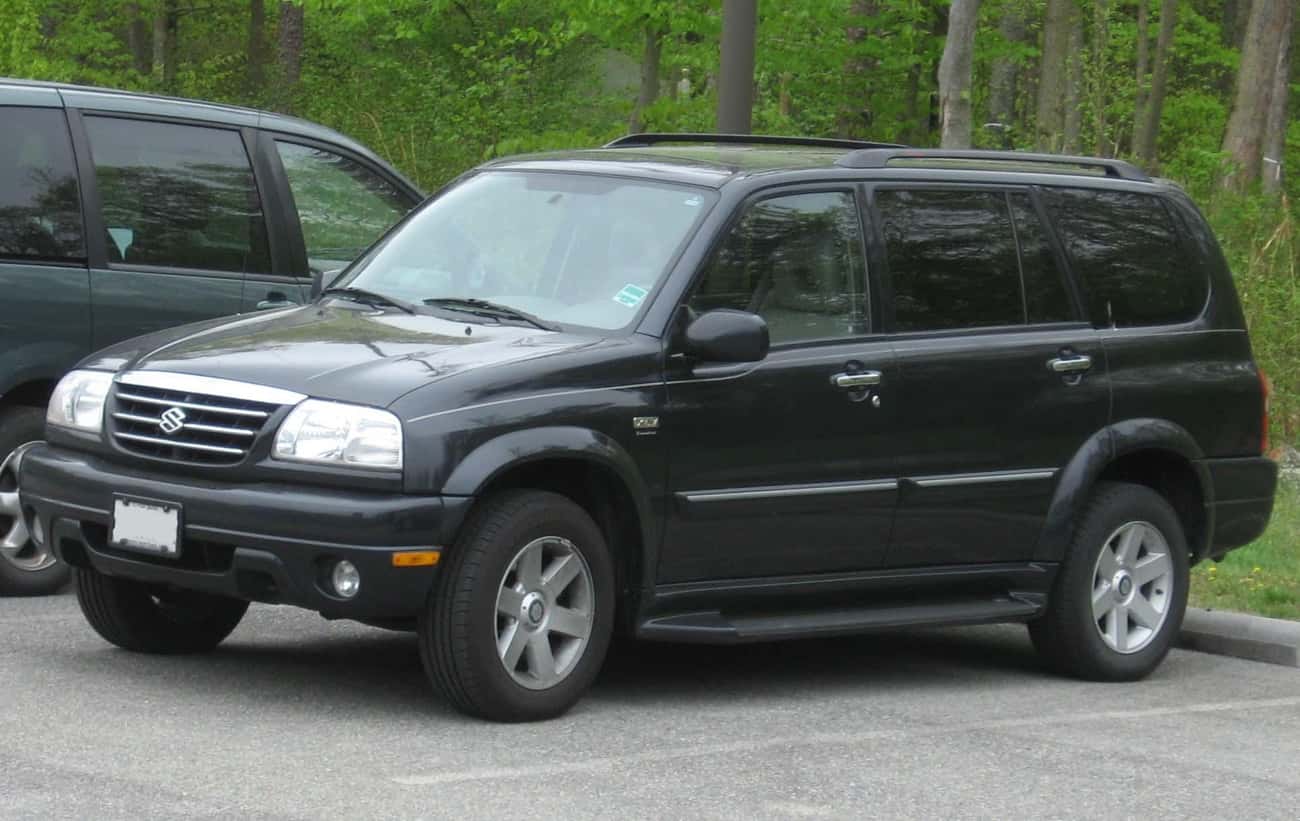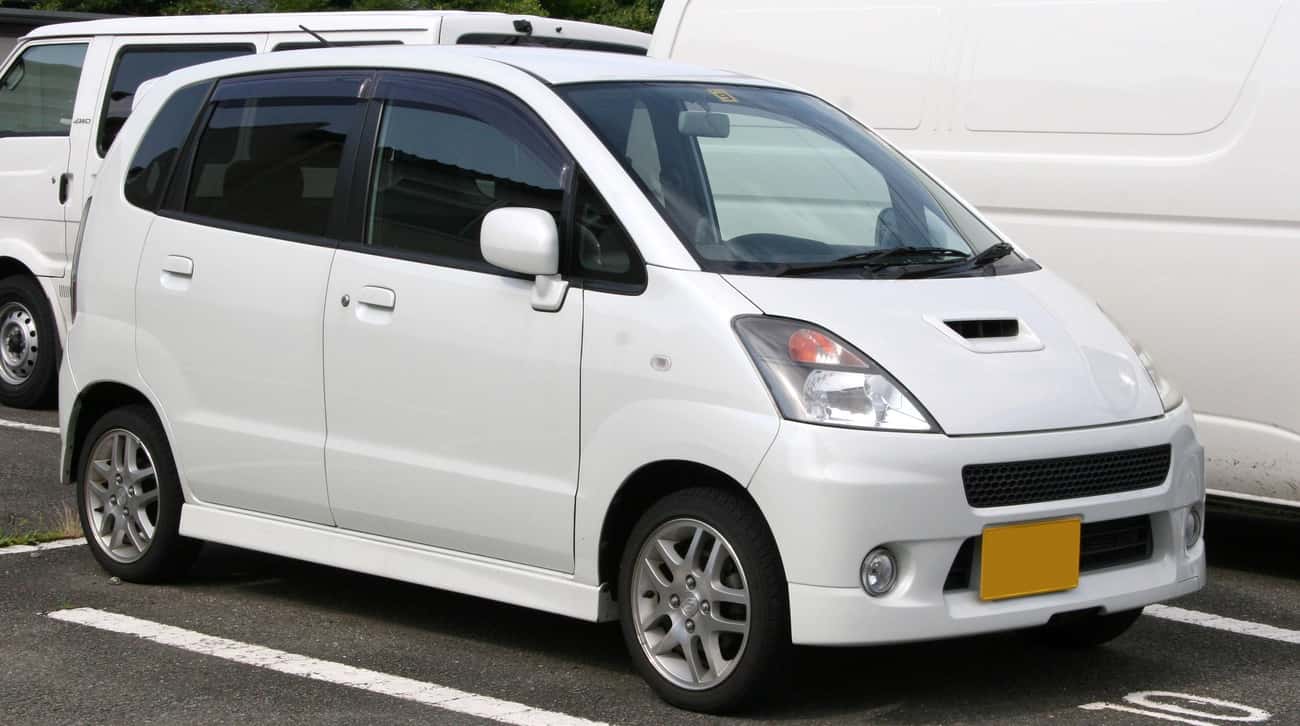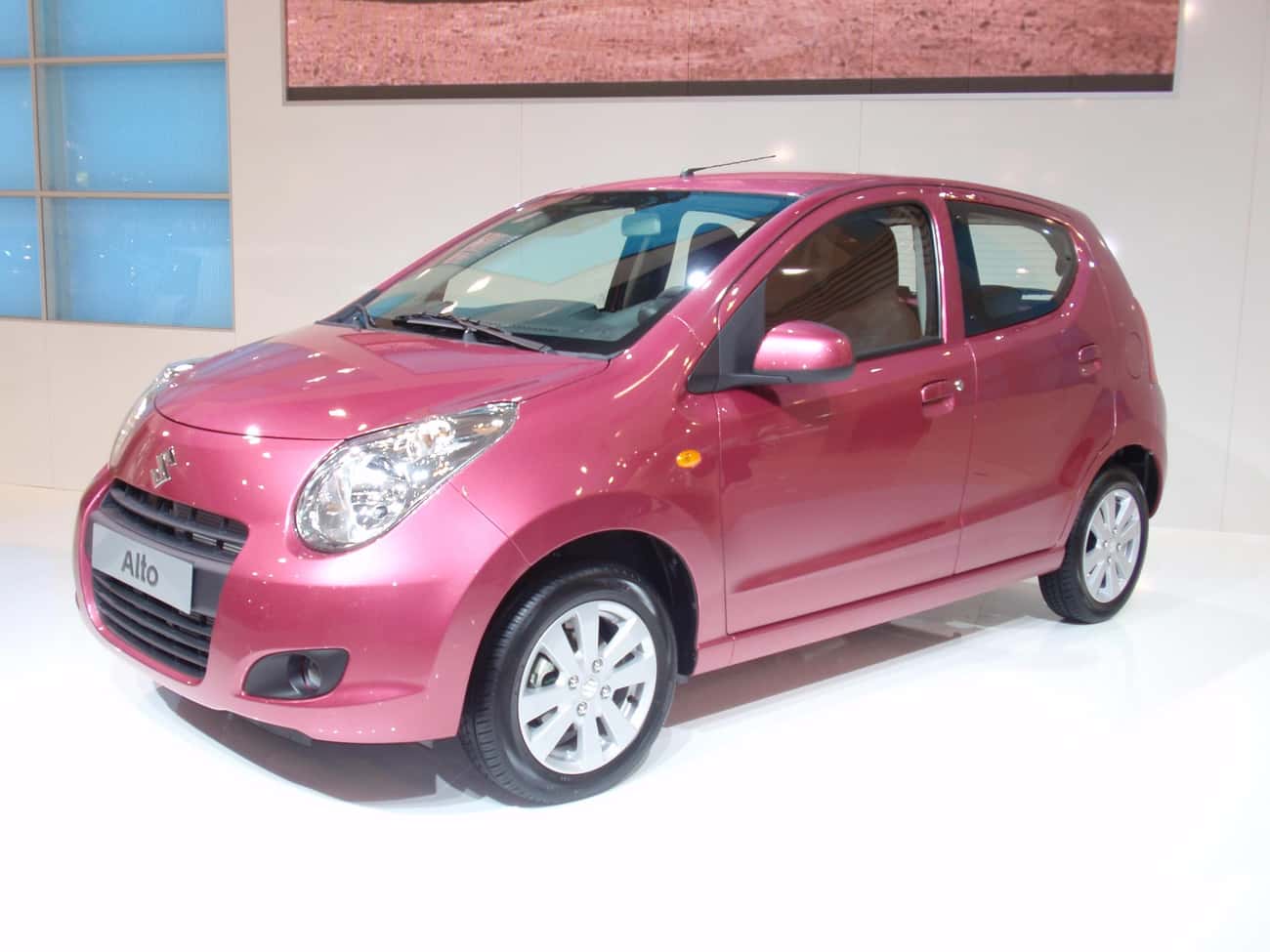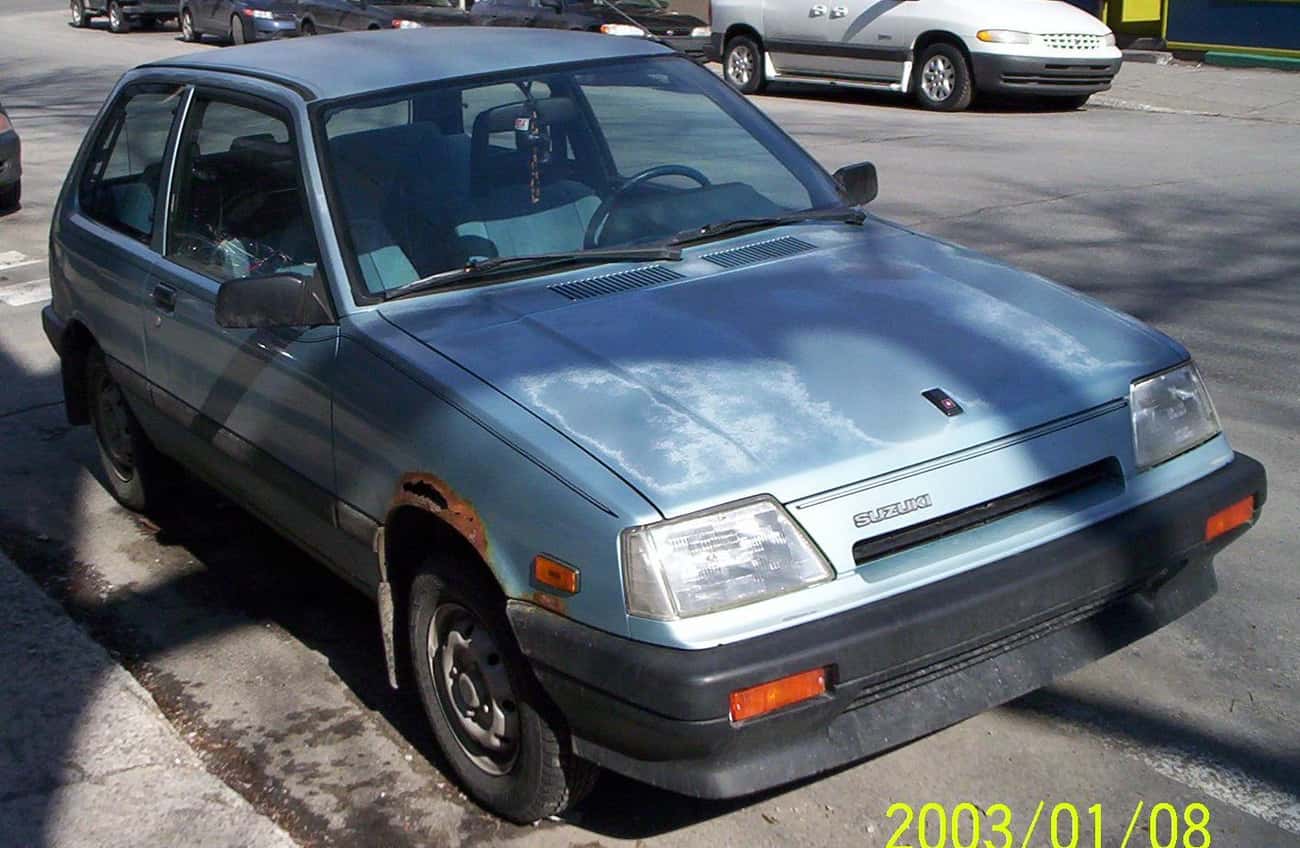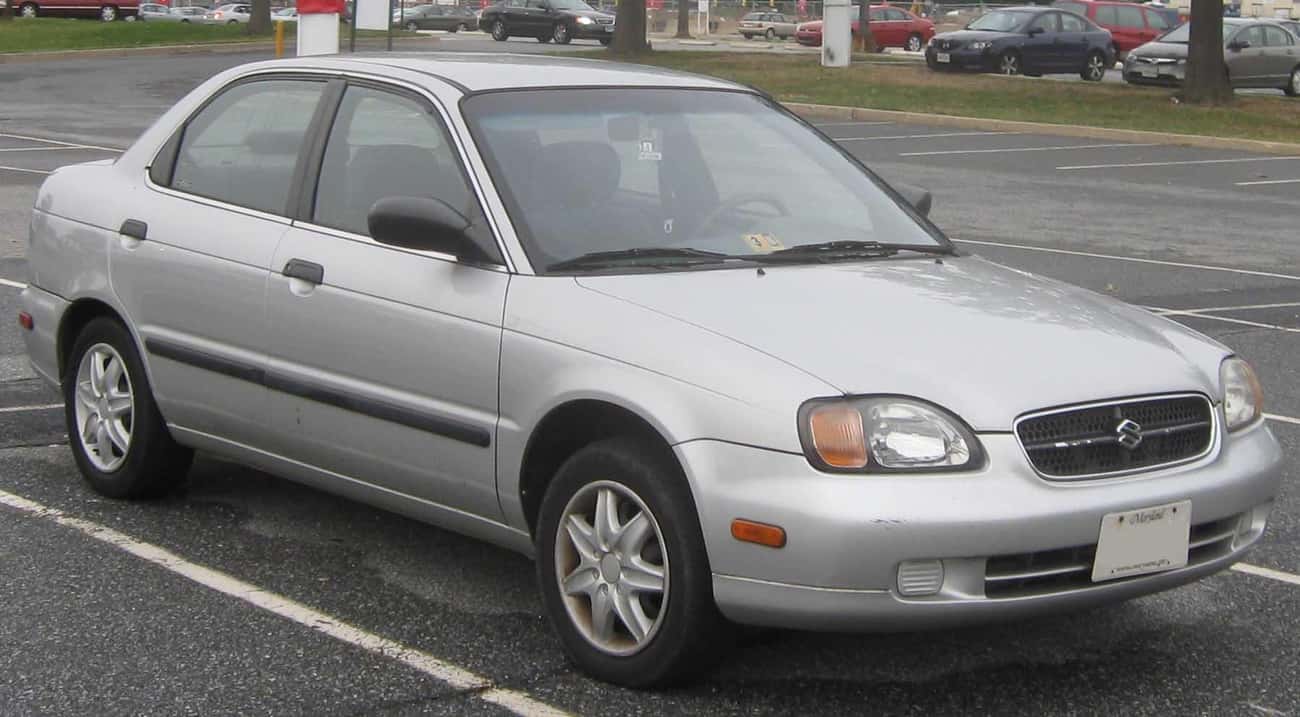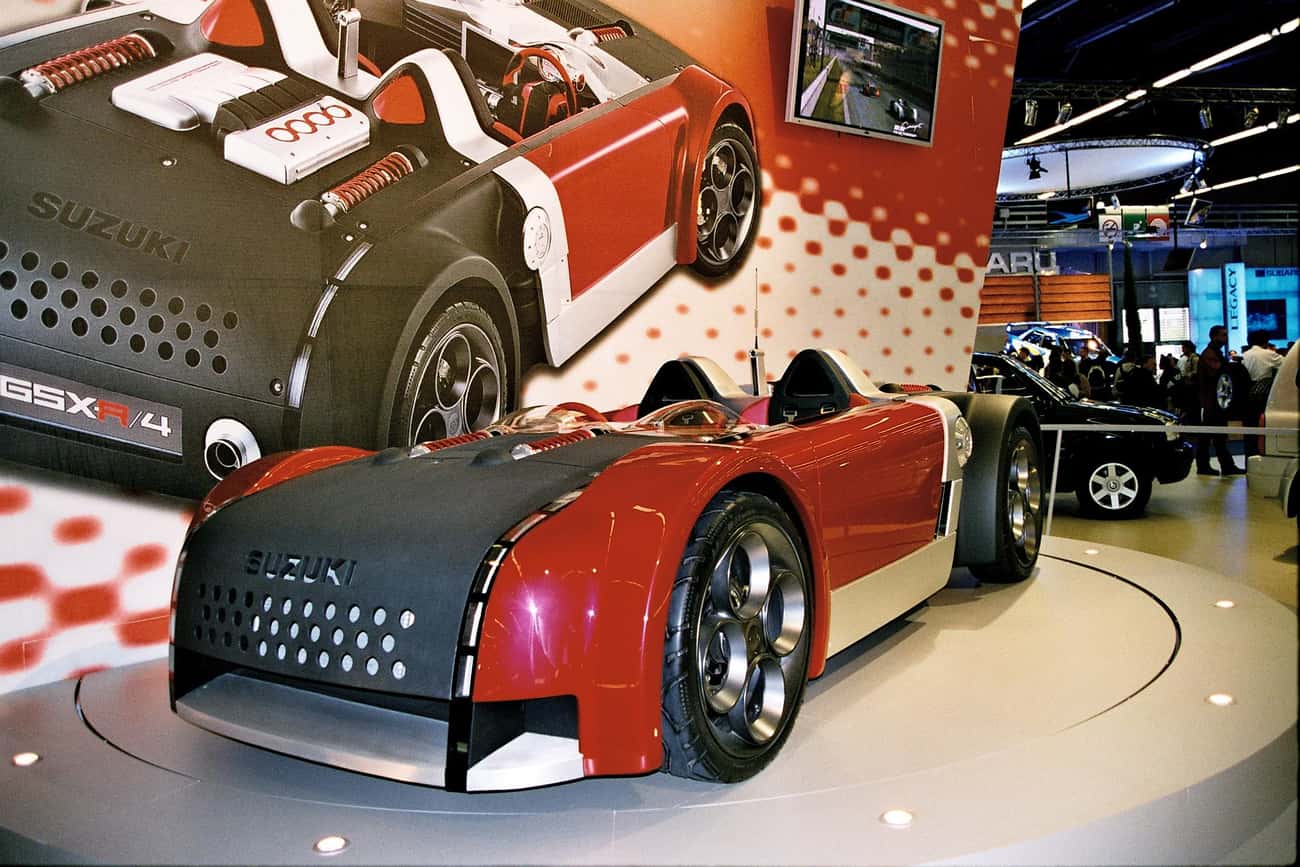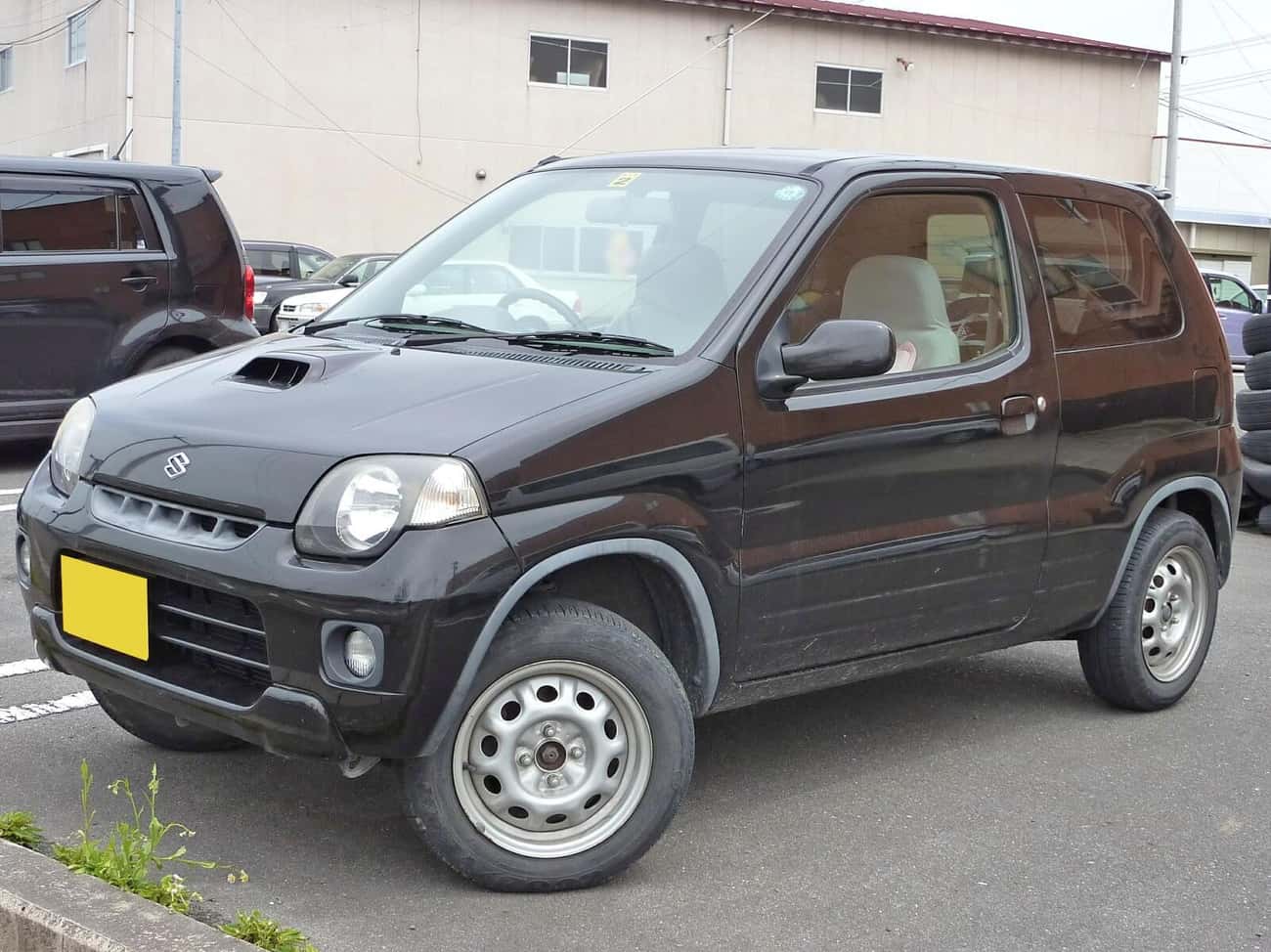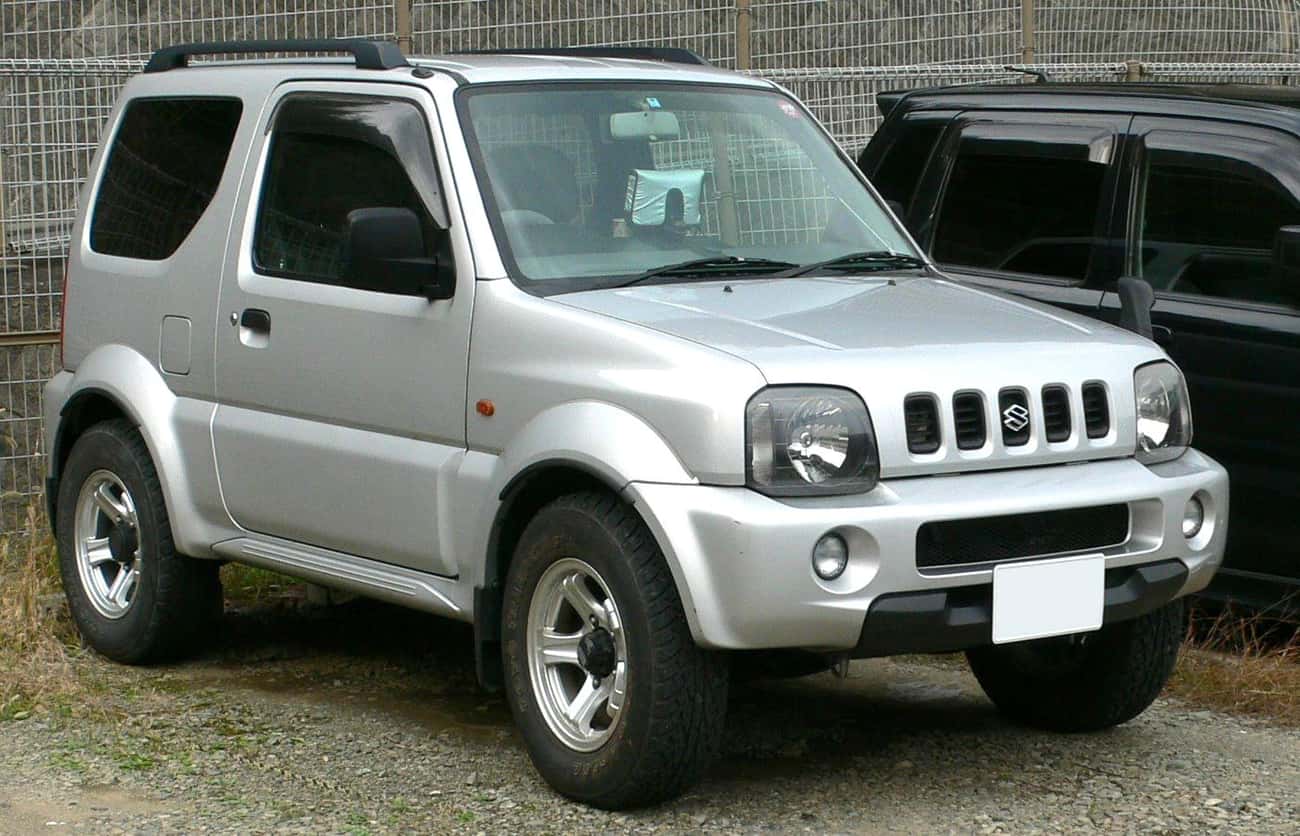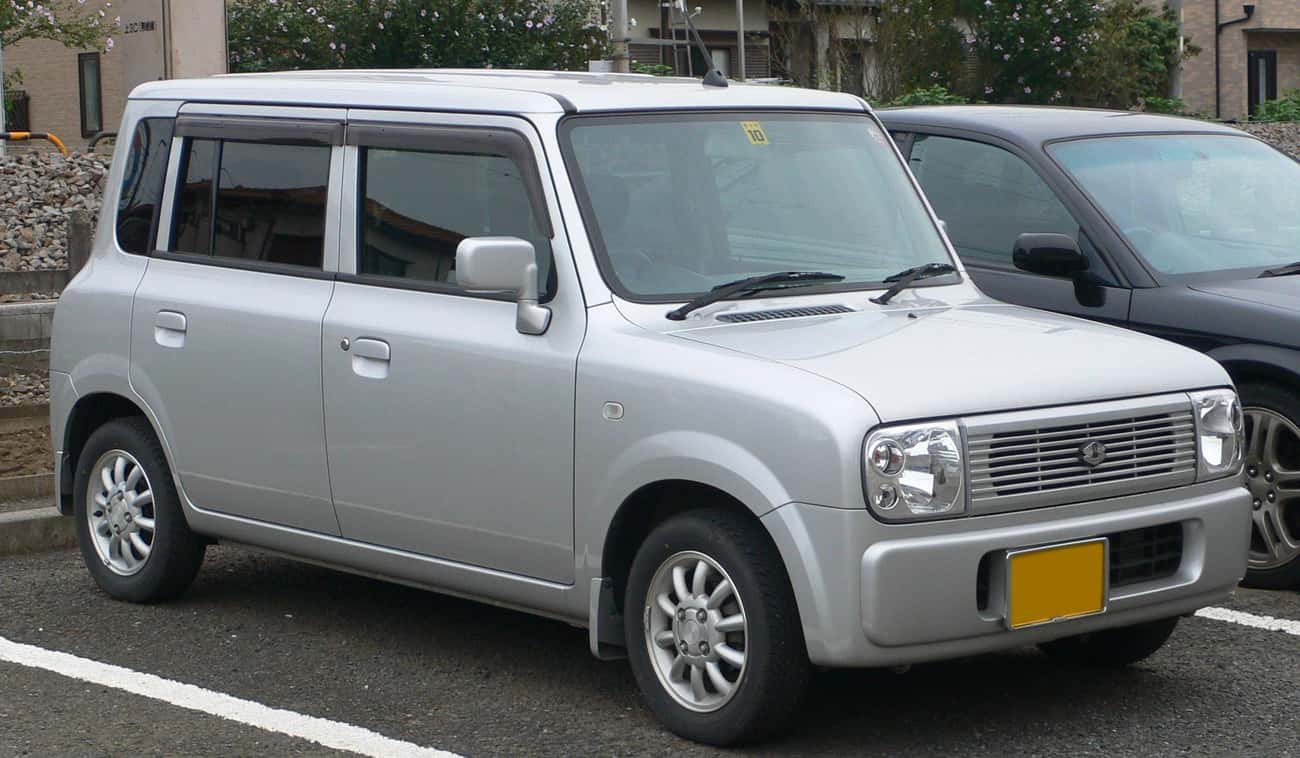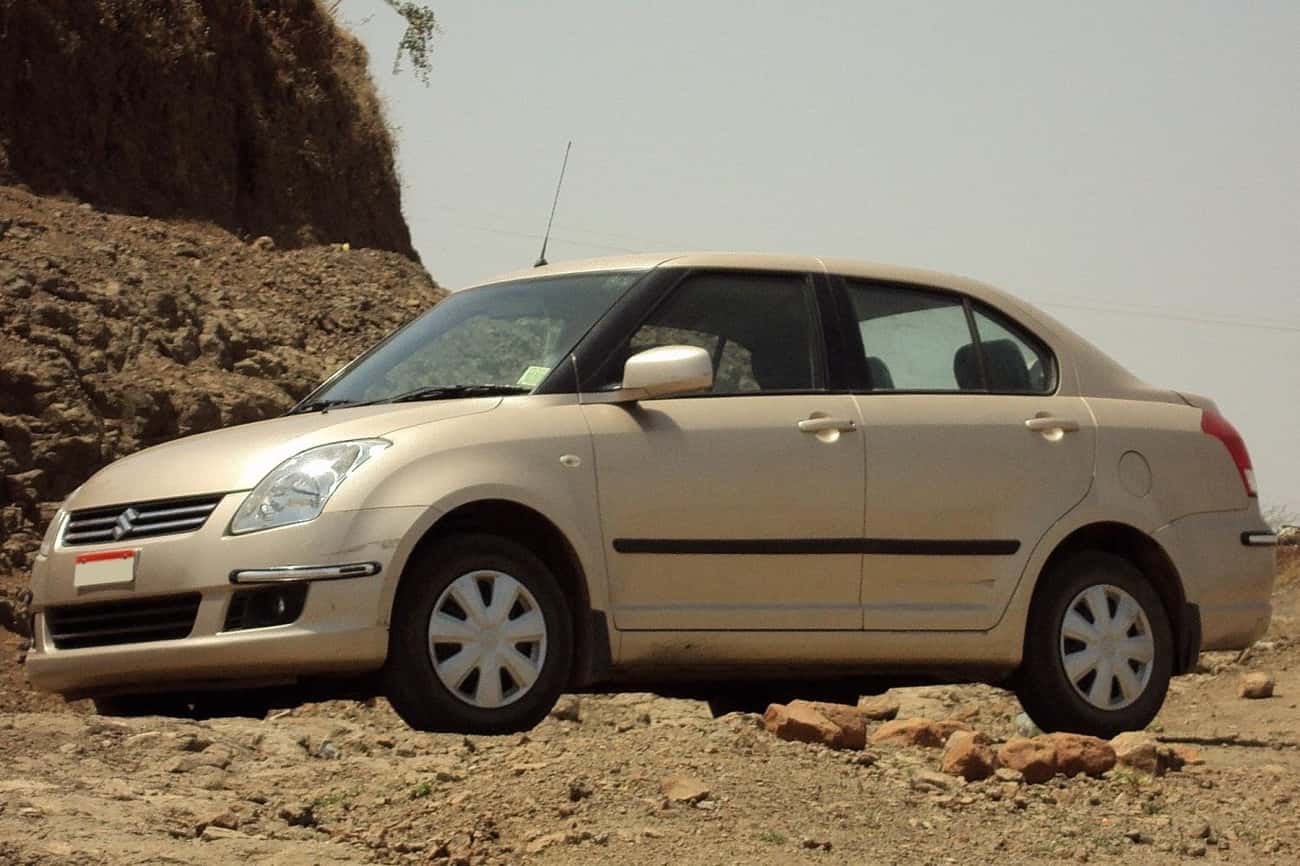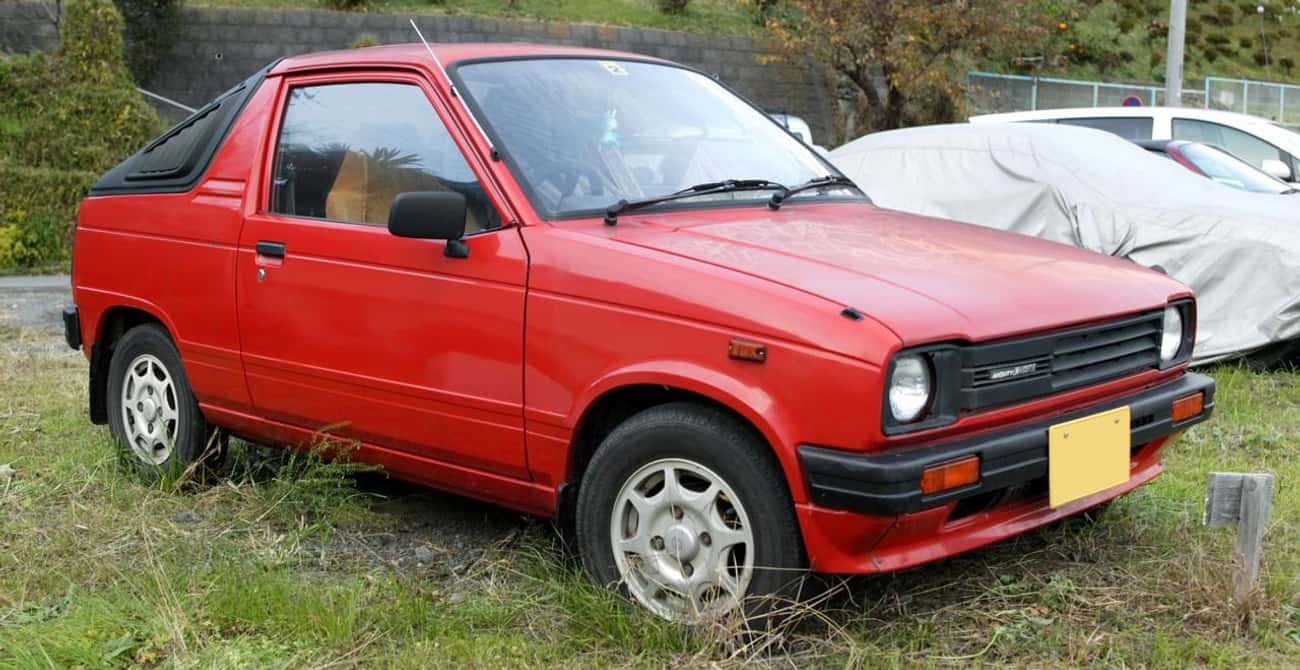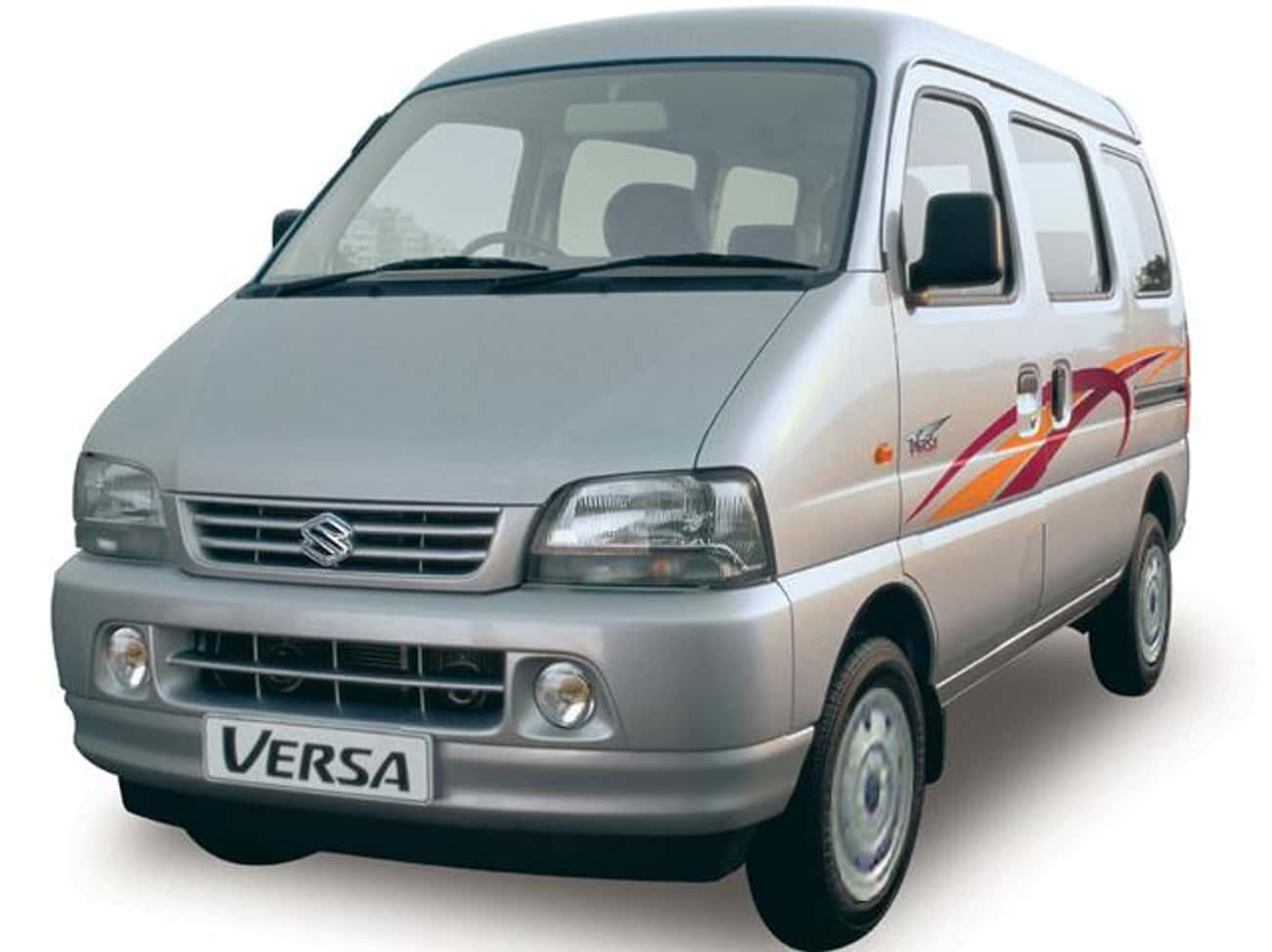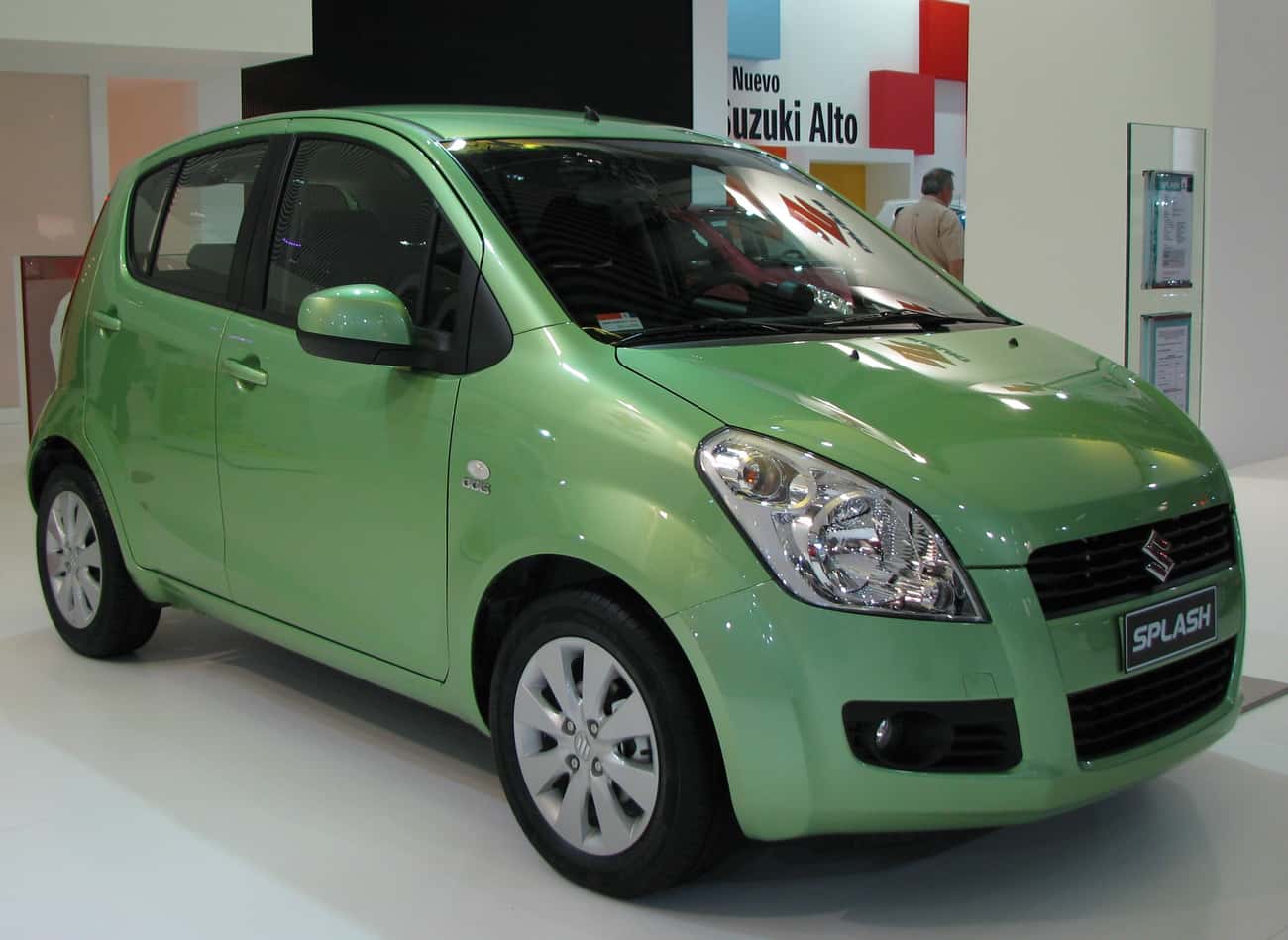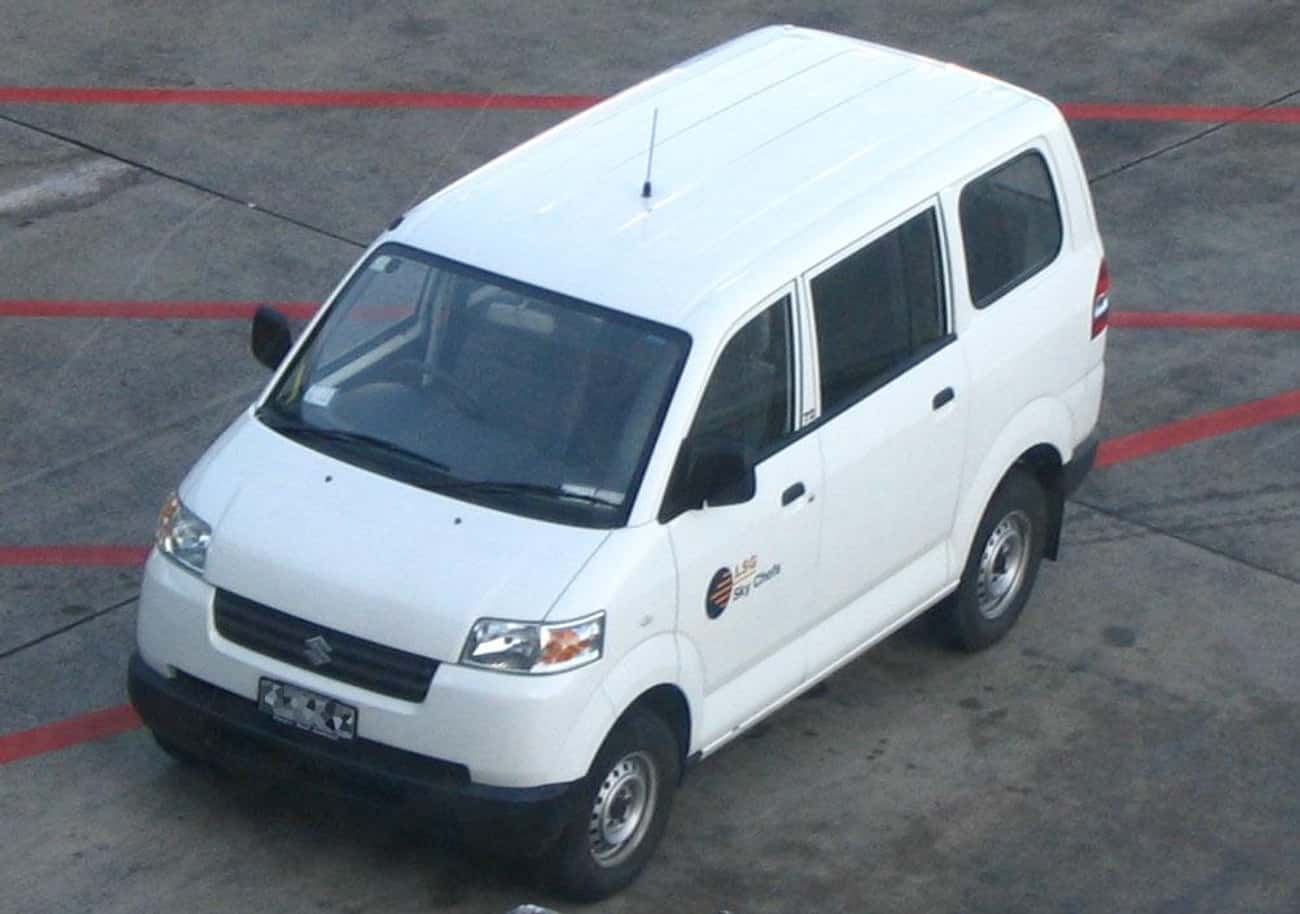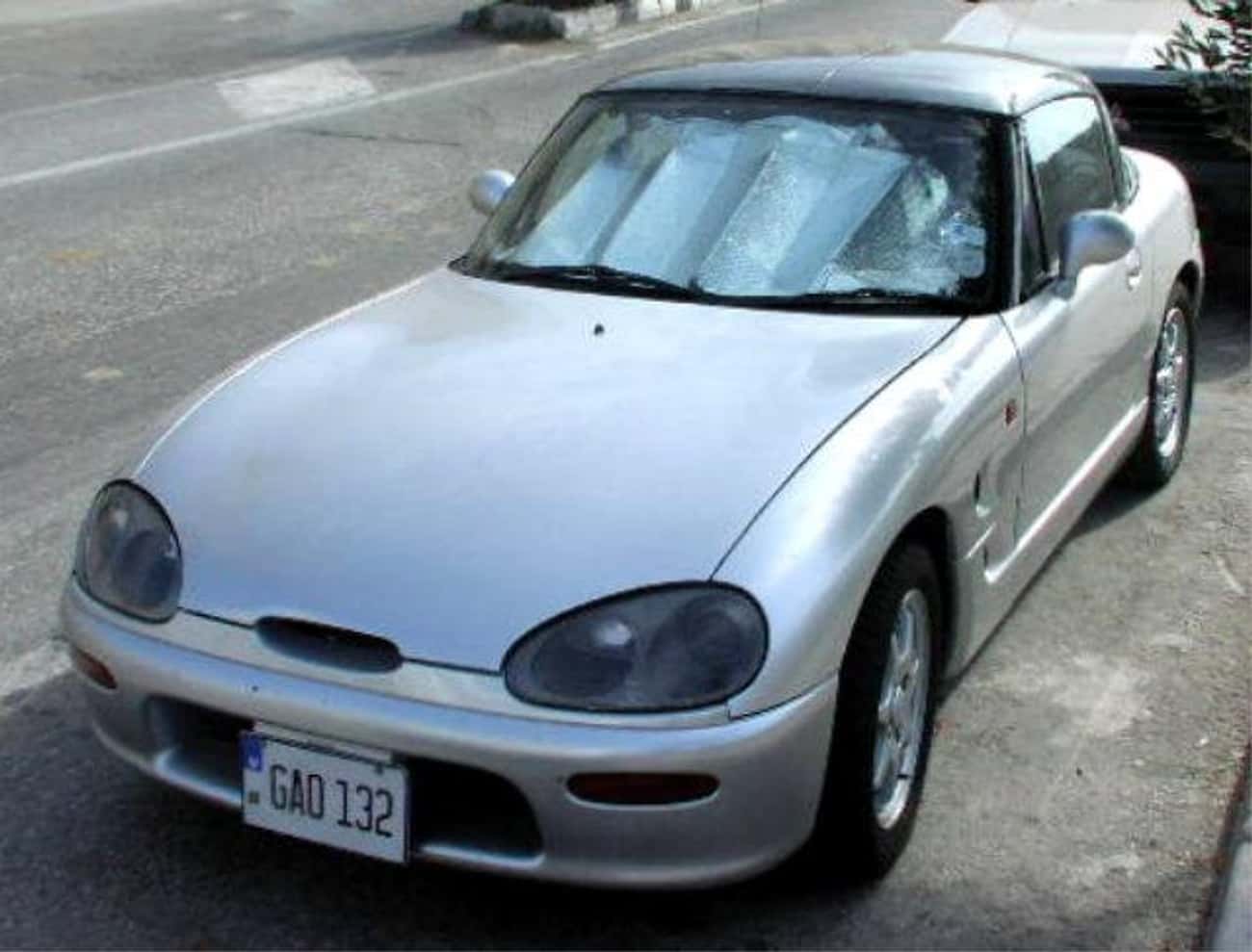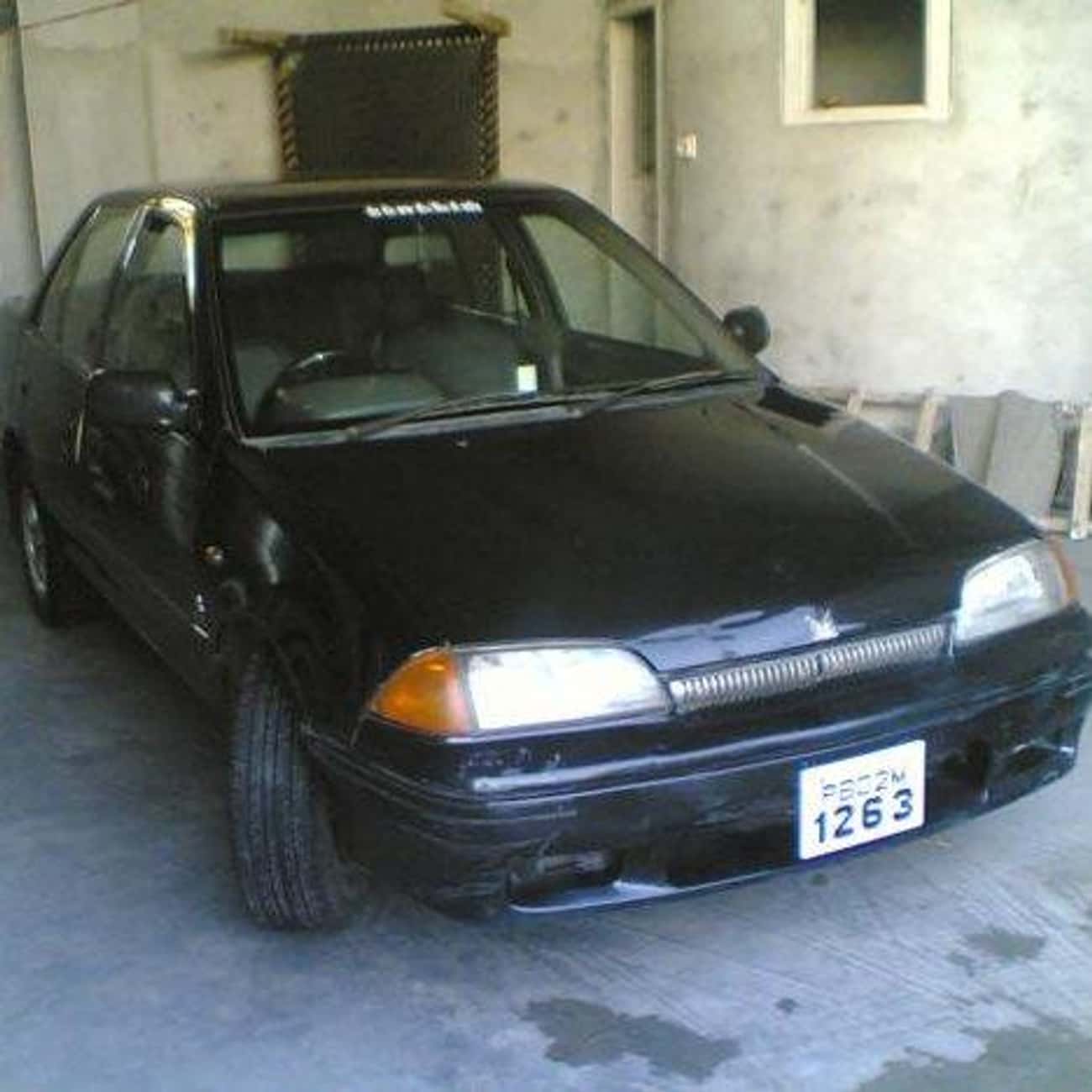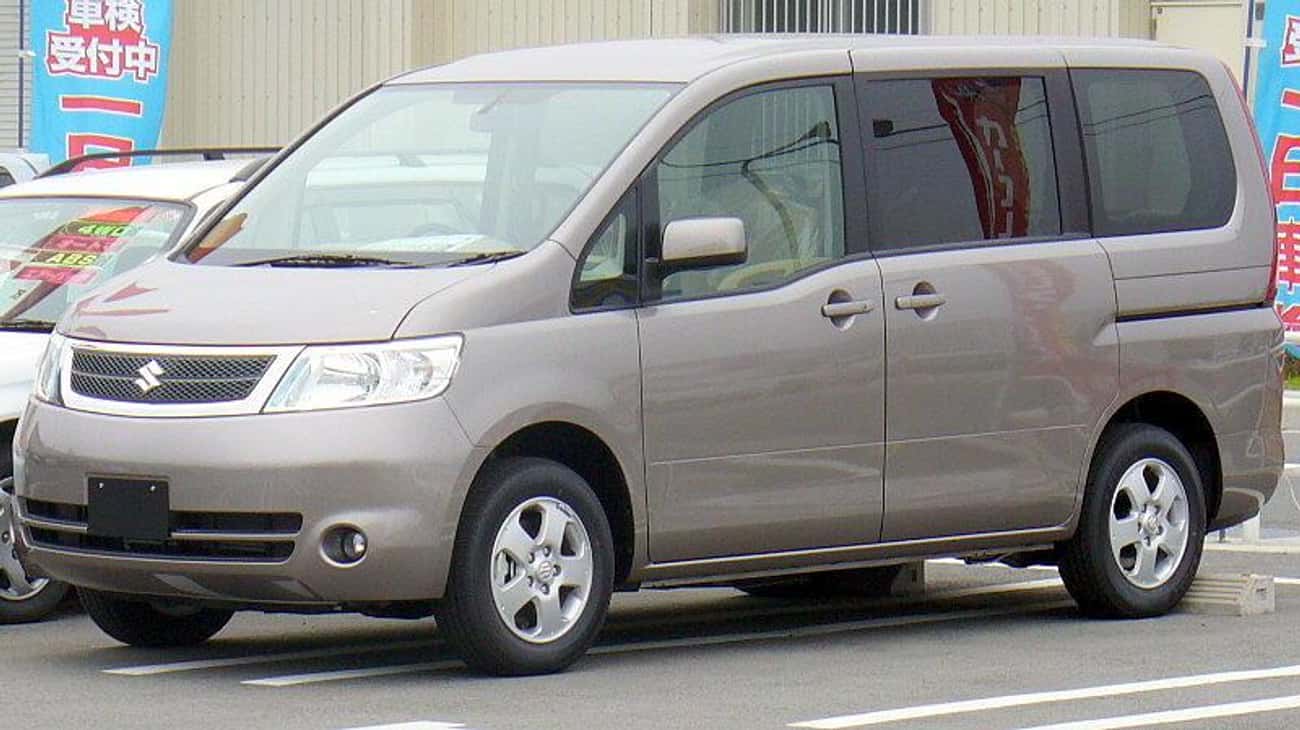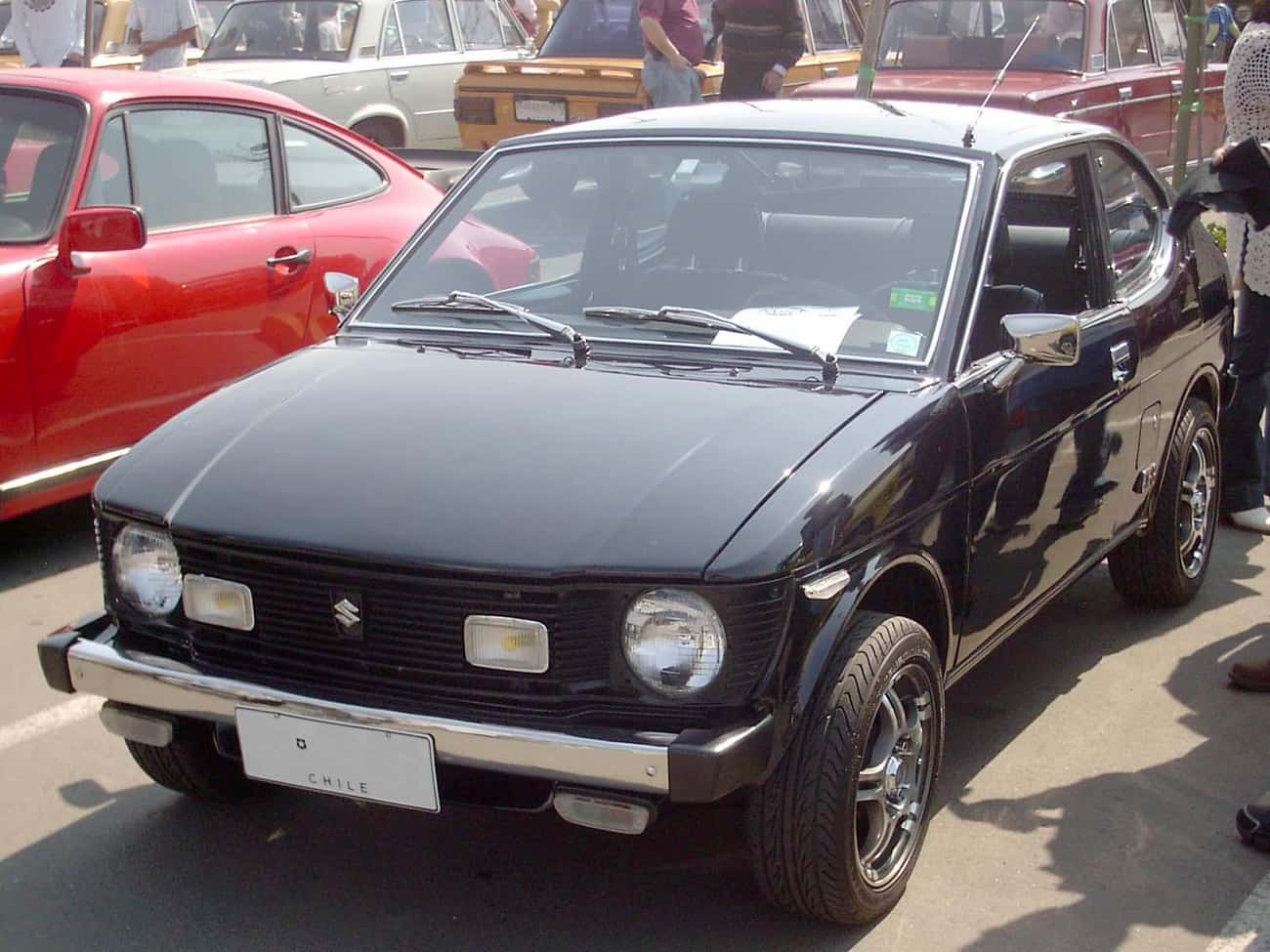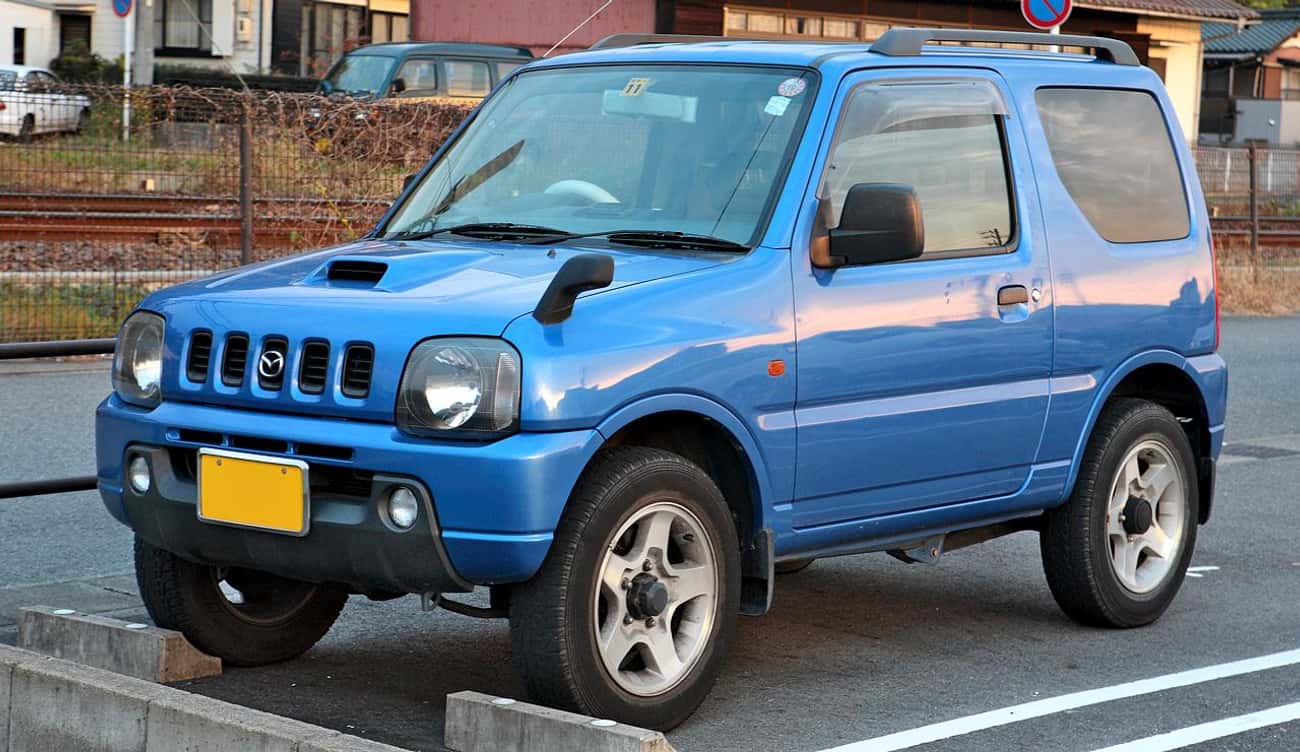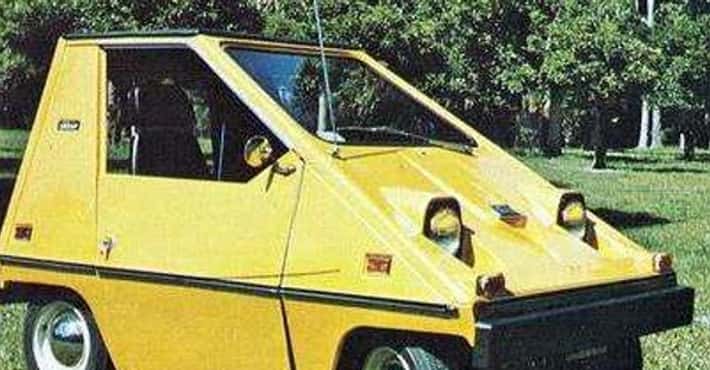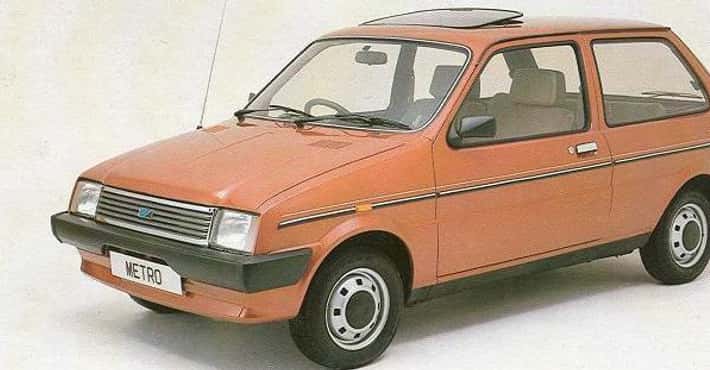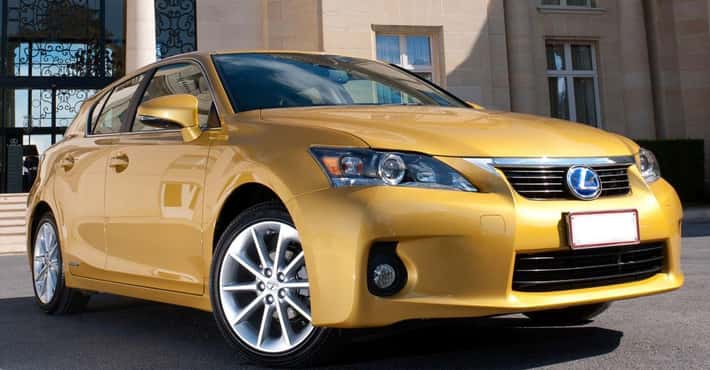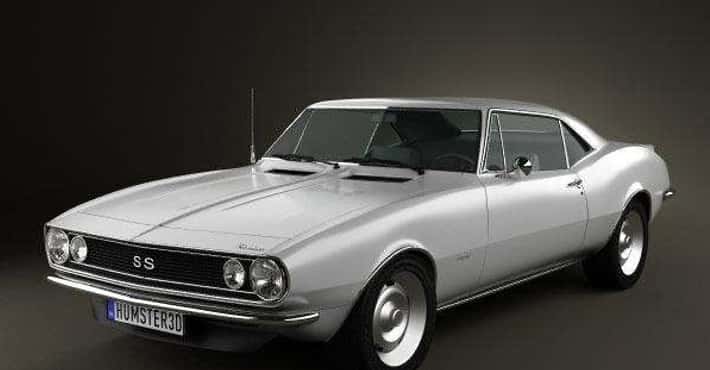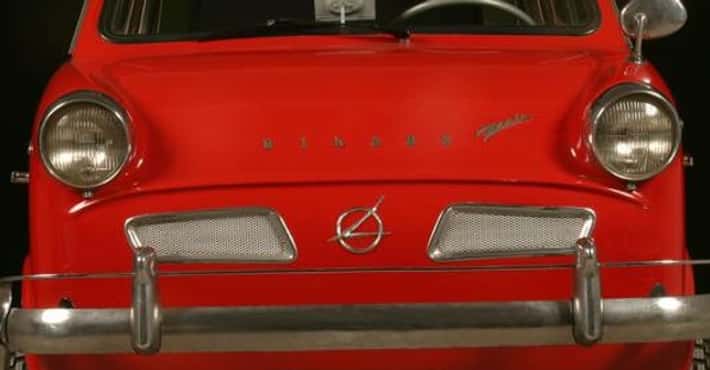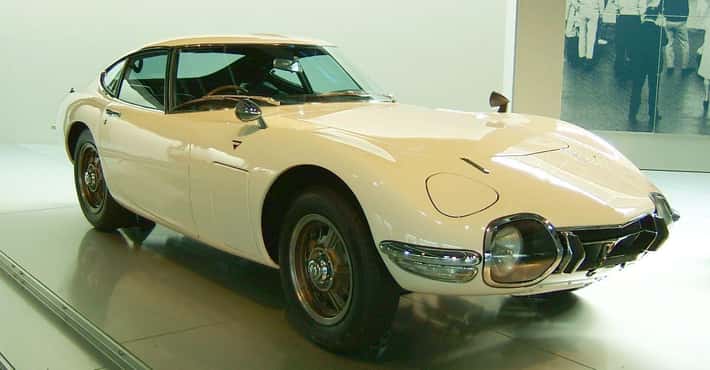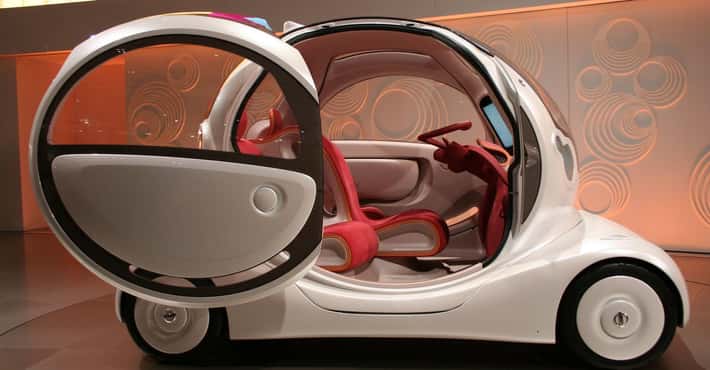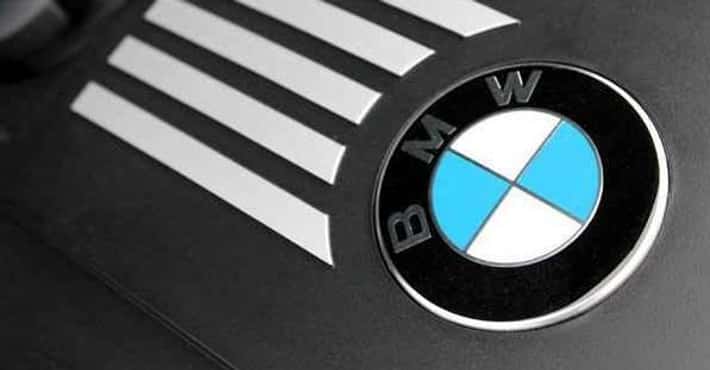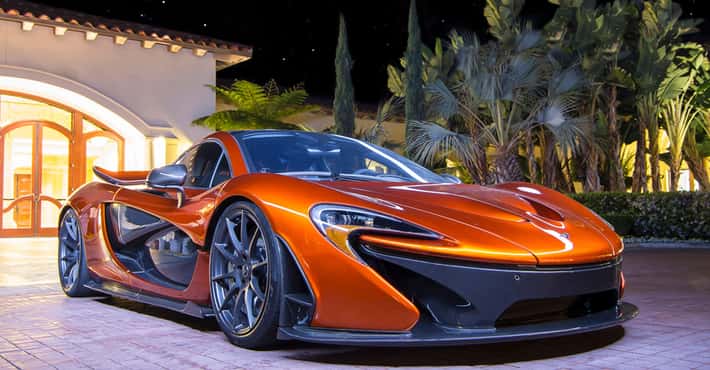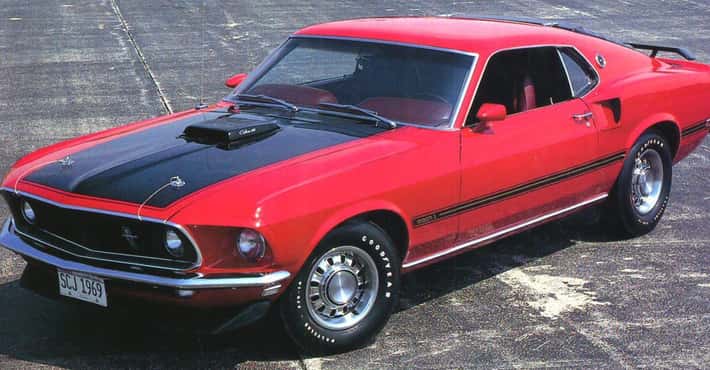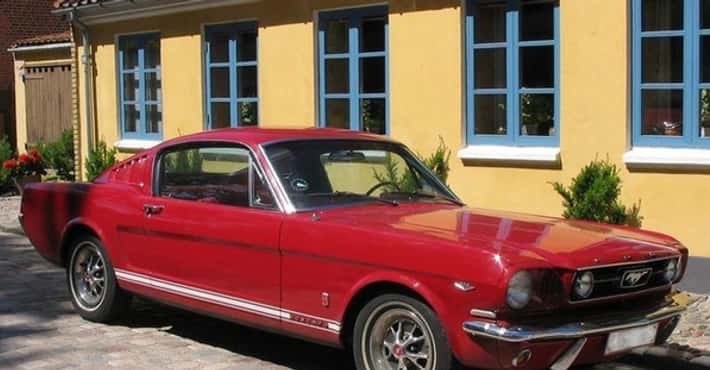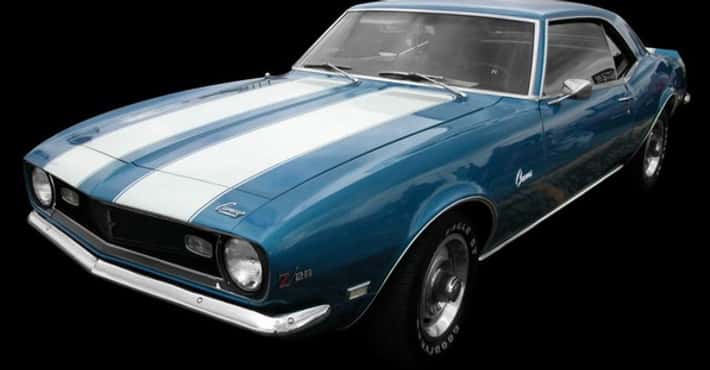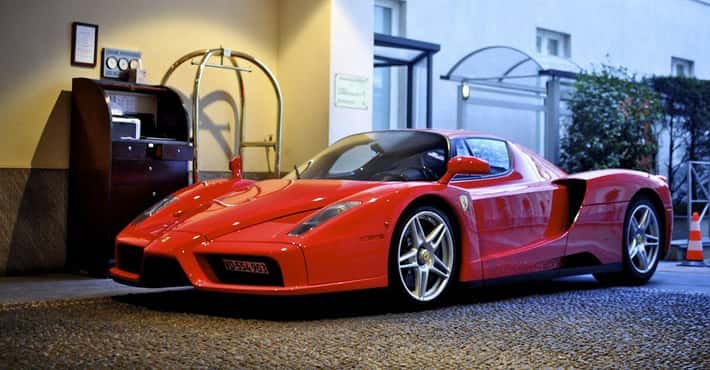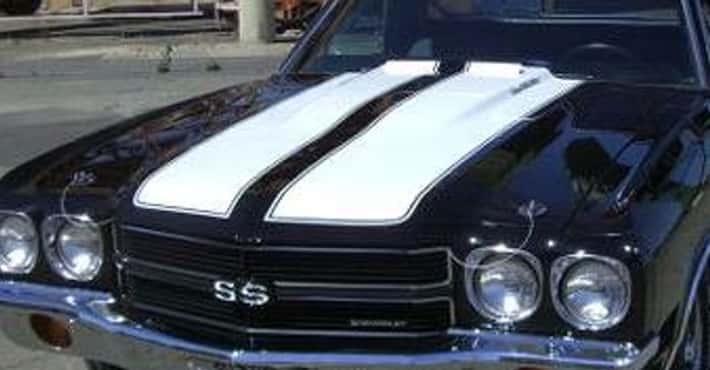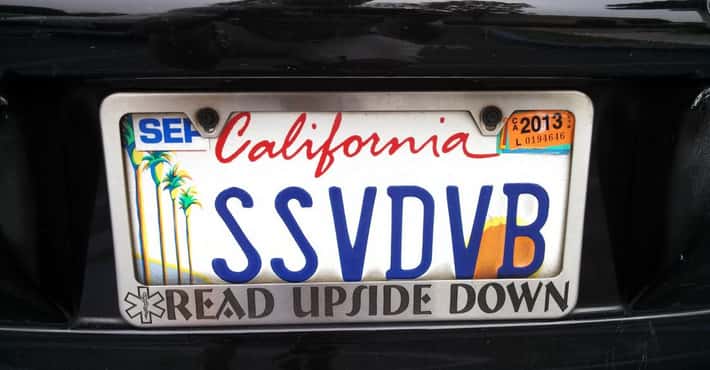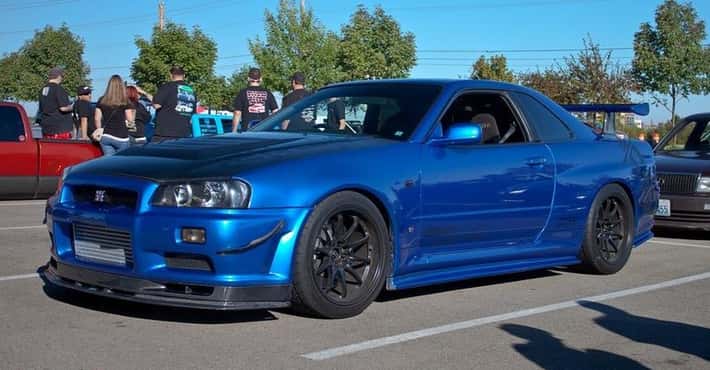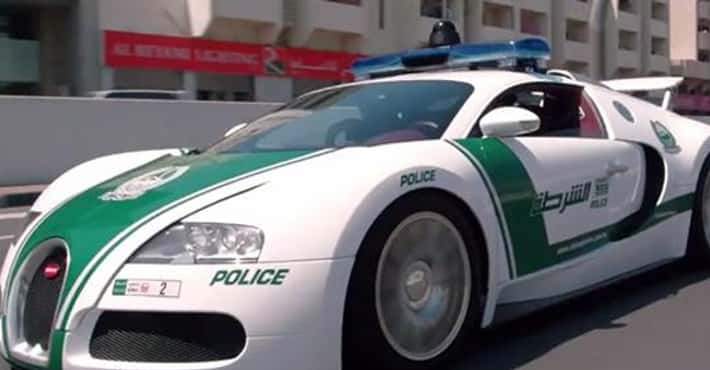Full List of Suzuki Models
- Photo: Metaweb (FB) / Public domainThe Suzuki Equator is a mid-size pickup truck based on the Nissan Frontier and assembled by Nissan. It was first sold in the US for the 2009 model year with prices starting at $17,220, and made its debut at the 2008 Chicago Auto Show. The Equator is offered as either a four seat Extended Cab or a five seat Crew Cab. In the Canadian market, the Equator is only offered in the Crew Cab configuration, in a single trim level. Power on base Extended Cab models comes from a 4-cylinder engine. A V6 is optional on Extended Cab models and standard with the Crew Cab. Both engines are supplied by Nissan. The base 2.5 L Inline-4 produces 152 hp at 5,200 rpm and 171 lb·ft at 4,400 rpm, and is a rear-wheel-drive. It comes with either a five-speed manual transmission or a five-speed automatic. The 4.0 L V6 engine develops 261 hp at 5,600 rpm and 281 lb·ft at 4,000 rpm. It comes standard with a five-speed automatic and is available with four-wheel-drive. The Equator triumphed over the new Dodge Ram 1500, 2009 Ford F150, Hummer H3 Alpha and H3T Adventure, Kia Borrego EX V8, and Toyota Sequoia Platinum in Peterson's 4Wheel & Off-Road's 2009 4x4 of the Year.
- The Suzuki X-90 is a two-door, two-seater SUV manufactured and marketed from October 1995 to May 1997 by Suzuki. Related to the Suzuki Sidekick, the X-90 featured a T-section removable roof. Replacing the Samurai in the United States market, Suzuki began marketing the X-90 in Japan by the end of 1995, and in western markets in April 1996. The X-90 used a 1.6 L I4 16-valve engine which produced 95 hp and was available with four wheel drive or rear wheel drive and either a 5-speed manual or automatic transmission. The X-90 featured dual air bags, anti-lock brakes, optional Air conditioning and a dealer-installed 6 disc CD changer. The suspension used MacPherson struts and coil springs in front and coil springs with wishbone and trailing links in the rear. A space saver spare wheel is stored in the trunk and space behind the two seats offers further cargo area. The X-90 debuted as a concept car at the 1993 Tokyo Motor Show. Suzuki presented the production vehicle in 1995 and began marketing the X-90 by the end of that year in Japan, with international markets the following year. The X-90 sold 1,348 X-90s examples in Japan, and a total of 7,205 X-90s were imported into the US.
- Photo: Metaweb (FB) / Public domainThe Suzuki Escudo is a compact sport utility and off-road vehicle produced by Suzuki since 1988. It was also known as Sidekick in the United States from 1988 to 1998, Vitara in the United States, Western Europe, Bolivia, Ecuador, the Philippines, Hong Kong, and Taiwan since 1999, and Grand Vitara in the United Kingdom, Eastern Europe, India, the Caribbean, South Africa, Iran, Canada, and Australia. The North American version was produced as a joint venture between Suzuki and General Motors known as CAMI. The vehicle was a follow-up to the popular SJ413 and Samurai. The construction was based on the Lada Niva. Also, this vehicle, while sold in North America, was designed to slot above the Samurai. A larger mid-size version is also made, known as the Suzuki Grand Escudo. The name is derived from the "escudo", the monetary unit of Portugal until the Euro was adopted. The Sidekick was sold in various badges such as the Geo Tracker in the United States, and as the GMC Tracker, Chevrolet Tracker, Asüna Sunrunner and Pontiac Sunrunner in Canada. It was also sold as the Santana 300 and 350 in Spain. In the Japanese home market, it was variously sold also with Mazda badge.
- The Suzuki Wagon R is a kei car produced by the Japanese manufacturer Suzuki since 1993. The R in the name stands for Recreation. It is one of the first cars to use the "tall wagon" or "tall boy" design, in which the car is designed to be unusually tall with a short bonnet and almost vertical hatchback, and sides in order to maximize the cabin space while staying within the kei car dimension restrictions. The Wagon R has been the best-selling kei car in Japan since 2003; and in 2008, Suzuki expected to produce its three-millionth Wagon R. It has been a profitable car for Suzuki even in the International market, mainly since introducing the car in India. Sales of Suzuki Wagon R have reached 5 million units at the end of February 2010.
- Photo: Metaweb (FB) / Public domainThe Suzuki Aerio is a compact car that was built by Suzuki Motor Corporation. It was introduced in 2001 as a replacement for the Suzuki Esteem/Baleno, with a tall 5-door SX model hatchback and a 4-door sedan body. It featured two different 16-valve gasoline straight-4 engines, with 1.5 L and 1.8 L, this one capable of 125 PS JIS. Production was discontinued in 2007 around the world and replaced by the Suzuki SX4, except in China where it is built by Changhe-Suzuki and Pakistan, where it is still being assembled by Pak Suzuki Motor.
- Photo: Metaweb (FB) / Public domainThe Suzuki Carry is a kei truck produced by the Japanese automaker Suzuki. The microvan version was originally called the Carry van until 1982 when the van was renamed as the Suzuki Every. In Japan, the Carry and Every are Kei cars but the Suzuki Every Landy, the bigger version of Every, had a longer hood for safety purposes and a larger 1.3-liter 86 hp four-cylinder engine. They have been sold under a myriad different names in several countries, and holds the distinction of being the only car ever offered both with Chevrolet and Ford badges.
- Photo: Metaweb (FB) / Public domainThe Suzuki Kizashi is a mid-size car manufactured by Japanese automaker Suzuki. It was unveiled in the United States on July 30, 2009. The Kizashi went on sale in Japan on October 21, 2009, in North America on December 1, 2009, and in Australia and New Zealand on May 11, 2010. It is the first mid-size Suzuki automobile sold in the Australian market. In February 2011, the Kizashi became available to the Indian market. The car was also available on European markets. In December 2013, Suzuki announced that Kizashi will be gradually discontinued on global markets, and will not get a successor. In December 2014, the production of the car ceased in the Sagara plant. Despite good technical record, the car had suffered from poor market record in the context of global financial crisis and Suzuki's withdrawal from American market in 2012. Comparatively high price and lack of available engines also contributed to the poor sale.
- The Suzuki Swift is a subcompact car produced by Suzuki in Japan since 2000. Prior to this, the "Swift" nameplate had been applied to the Suzuki Cultus in numerous export markets.More Suzuki Swift
- Dig Deeper...Full List of Suzuki Motor Corporation Models
- #54 of 61 onThe Best Inexpensive Cars You'd Love to Own
- #33 of 41 onThe Best Bang-for-Your-Buck Cars to Buy
- Photo: Metaweb (FB) / Public domainThe Suzuki XL7 is Suzuki's mid-sized SUV that was made from 1998 to 2009. It was slotted above the Grand Vitara in Suzuki's lineup.
- Photo: Metaweb (FB) / Public domainThe Suzuki MR Wagon is a kei car with a mini MPV body, seating four, manufactured by Suzuki for the Japanese market only, and also marketed in Japan by Nissan as the Nissan Moco under an OEM agreement. The model debuted in 2001, and since 2007 it has been in its second generation. It was launched in India by Maruti Suzuki as Maruti Zen Estilo in 2006, Maruti Zen Estilo was discontinued in 2009 and renamed as Maruti Estilo. The vehicle's name is somewhat misleading, as it does not sport a rear mid-engine, rear-wheel drive layout. However, the name "Moco" was changed in some countries because of the Spanish language meaning of the word "moco".
- The Suzuki Alto is a kei car built by Suzuki. Its selling points have long included a low price and good fuel economy. The model, currently in its eighth generation, was first introduced in 1979 and has been built in many countries worldwide. The Alto badge has often been used on different cars in Japan and in export markets, where it is considered a city car.
- Photo: Metaweb (FB) / Public domainThe Suzuki Cultus is a supermini car produced by the Japanese manufacturer Suzuki from 1983 to 2003. It was first presented at the 25th Tokyo Motor Show, formally introduced to the Japanese domestic market in 1983 and ultimately sold in seven countries across three generations and marketed worldwide as the Suzuki Swift. An alliance formed in 1981 between GM and Suzuki allowed GM to market the Cultus as a captive import internationally under more than a dozen nameplates including the Geo Metro, Chevrolet Sprint, Holden Barina. It was also known as the S-car within GM. Offered across its lifespan in four body-style variations with engines from the Suzuki G engine family, the second generation Cultus still remains in production in Pakistan. The Cultus family of vehicles has been marketed in Asia, North America, South America, Australia, and Europe. While never formally marketed in New Zealand they were imported and sold on the secondary market. The name Cultus derives from the Latin cultus, meaning "care" or "adoration."
- Photo: Metaweb (FB) / Public domainThe Suzuki Cultus Crescent is a compact car that was produced by Suzuki in Japan between 1995 and 2002, with South Asian production continuing until 2007. The Cultus Crescent was sold as such in Japan until May 1998, when it was renamed Suzuki Cultus due to the sales discontinuation of the previous Cultus in the Japanese market. The Cultus Crescent was also marketed as the Suzuki Esteem in North America, and as the Suzuki Baleno throughout Asia, Australasia, and Europe. In India where it was manufactured by Maruti Suzuki, the Cultus Crescent was sold as the Maruti Baleno. In the Philippines, it was marketed as the Chevrolet Cassia.
- Photo: Metaweb (FB) / Public domainThe Suzuki GSX-R/4 is a concept car made by Suzuki in 2001. It reaches a top speed of 181 mph at 9800 rpm and weighs 640 kg. It has a mid-mounted, 1.3 l DOHC engine taken from the company's flagship motorcycle, the GSX-1300R Hayabusa. Designed as a showcase for technology, the GSX-R/4 was never meant for production. It had upscale features for its time, such as GPS navigation. Alongside the GSX-R/4, Suzuki presented the Formula Hayabusa, an open wheel race car concept, also using the 173 bhp motorcycle engine.
- The Suzuki Kei is a kei car produced by Suzuki between 1998 and 2009. From 1999 to 2006, Suzuki produced the Mazda Laputa, an OEM version of the Suzuki Kei. A 2000 Suzuki Kei. A 2002 Suzuki Kei FIS Fleestyle World Cup Limited version. A 2006 Suzuki Kei.
- The Suzuki Jimny is a line of off-road vehicles from Suzuki produced since April 1970.
- The Suzuki Lapin is a kei car with a five-door hatchback body, manufactured since 2002 by Suzuki for the Japanese market only, and was also marketed in Japan only by Mazda as Mazda Spiano under an OEM agreement under their Autozam marque until 2008. It is based on Suzuki's popular Alto kei car. The Lapin has a very distinctive, boxy shape, that apparently proved popular with female buyers. The name "Lapin" stems from the French word for "rabbit", and the car sports rabbit-head badges. The Mazda version has differences concerning some styling details, including a different front end.
- Maruti 800 is a small city car that was manufactured by Maruti Suzuki in India from 1983 to 18 January 2014. First generation was based on 1979 Suzuki Fronte and had an 800cc F8B engine, hence the moniker. Widely regarded as the most influential automobile in India, about 2.87 million 800s were produced during its course of which 2.66 million were sold in India itself. With over 30 years of production, Maruti 800 remains the second longest production car in India, next only to Hindustan Ambassador.
- The Suzuki Mighty Boy is an automobile which was produced by Japanese automaker Suzuki from 1983 to 1988. It was the only "bonnet type" pick up ever sold in the 550 cc era of the Kei class. It was classified as a commercial vehicle in Japan so as to benefit from lower taxes for such vehicles, but its utilitarian values were certainly restricted. While the Mighty Boy couldn't be termed a runaway success and was never replaced in the Suzuki lineup, the car still has a dedicated following in Japan.
- Photo: Metaweb (FB) / CC-BYMore Maruti Versa
- Dig Deeper...Full List of Vauxhall Models
- And Deeper...Full List of Chevrolet Models
- And Deeper...Full List of Daewoo Models
- Photo: Metaweb (FB) / CC-BY-SAThe Suzuki Splash is a city car, introduced to the market in 2008 . It was jointly developed by Suzuki Motor Corporation and Adam Opel AG — which market their version under the name of Agila. Its debut as a concept car took place in 2006 Paris Auto Show and also at the 2007 Frankfurt Auto Show. The Splash is located below the Swift in the European market lineup, and uses a shortened wheelbase version of the Suzuki Swift's chassis. In the Japanese market lineup, however, the car is situated between the Swift and the Solio. The model was launched with two versions of petrol engines, a 3-cylinder 1.0-litre and 4-cylinder 1.2-litre Family 0, and a 4-cylinder version of Fiat's MultiJet diesel engine. Unlike its predecessor, the Wagon R+, the Splash has five seats as standard. It was introduced to the Japanese market on 20 October 2008, available as the Splash 1.2 for ¥1,239,000 and was rebadged in the Uk as a Vauxhall Agila. The model also reached the German market, but was rebranded under the name Opel as the Opel Agila. Maruti Suzuki released the Splash in India as Maruti Suzuki Ritz. In China, it was released by Changhe Suzuki towards the end of 2010.
- The Suzuki Twin was a kei car built by Suzuki and sold in Japan from January 22, 2003, until October 2005. It was available in both hybrid and non-hybrid versions, making it the first hybrid kei car available in Japan. Under the Japanese test cycle, the standard model was capable of 4.54L/100 km whereas the hybrid variant was capable of 2.93L/100 km. Designed primarily for young females, the Suzuki Twin is slightly longer than the Smart Fortwo. It featured many new and unique features including a passenger seat that could fold completely flat and become a storage tray and a single power window on the driver's side to reduce battery use and cut costs. The Twin's design and concept were first seen in the Suzuki PU3 Commuter concept car at the Tokyo Motor Show. A near-production update was shown at the 2002 Tokyo Motor Show before finally being released in 2003. In August 2003 motoring magazine Car and Driver test drove the Twin with mostly negative remarks. The Twin's acceleration, storage and interior furnishings were all criticized whilst its headroom and turning circle were praised.
- Suzuki APV is Suzuki's budget MPV designed in Japan and assembled in Indonesia by PT. Indomobil Suzuki International. It is powered by a 1.5 liter or 1.6 inline-4 engine delivering 92 hp. In November 2007, Suzuki released the improved APV named APV Arena. It offers more luxurious features with the Luxury/SGX type as the flagships. Not just doing some facelift in exterior but also the interior is changed as well an improvement in engine performance. The APVs are exported to countries like Australia, Algeria, Aruba, Bolivia, Chile, Dominican Republic, Jamaica, Malaysia, Singapore, Brunei, Pakistan, Thailand and the Philippines. The pick-up version, called Suzuki Mega Carry, was launched in Indonesia in 2011, six years after IndoMobil Suzuki International started exported to many countries in 2005.
- Photo: Metaweb (FB) / Public domainThe Suzuki Cappuccino is a small 2-door, 2-seater demountable hardtop minicar produced by Suzuki Motor Corporation. The vehicle was designed to meet Kei car specifications for lower tax and insurance in Japan. Weighing just 725 kg, the Cappuccino is powered by a turbocharged, three-cylinder, 657 cc DOHC engine. Its dimensions also conformed to Kei car regulations on length and width, being 3,295 mm long and 1,395 mm wide. Front-rear weight distribution is claimed to be 50/50% when both seats are occupied. Layout is front mid-engined and rear-wheel drive. The hood, roof, roll bar and lower front guard panels are aluminium. Three removable roof panels mean that the car can be used as a closed coupé; T-top; targa; or, on retraction of the rear window and roll bar, a full convertible. Roof panels stow in the trunk, and the rear window/rollcage assembly retracts into the body behind the seats. Unlike many convertibles of the time, the rear window is glass and wraparound, with demisting elements. It was originally equipped with the F6A engine: later models were fitted with a K6A engine which was lighter and had chain-driven, rather than belt-driven camshafts and more torque.
- The Suzuki Landy is essentially a rebadged Nissan Serena. It is a minivan that is slightly bigger than a Nissan Quest and a competitor to the Volkswagen Eurovan. The Suzuki Landy was not a great success in Japan, as buyers stuck with the usual popular minivans, such as the Toyota Noah, Voxy and even though they were essentially the same, the Nissan Serena. a variant of the Suzuki called the Suzuki Landy Joy is a popular work toll used in building sites and is a rebadged Nissan Rio. At the end of December 2010, the second generation Landy was presented.
- Photo: Metaweb (FB) / Public domainThe Suzuki Cervo is a kei car manufactured by Suzuki Motor Corporation. Introduced in 1976 as the successor to the Suzuki Fronte Coupé, the Cervo name was originally affixed to a kei sports coupe, and then to models derived from the Suzuki Alto. The nameplate was retired between 1998 and 2006, and again in March 2010, although it may be revived for the Indian market in 2013.



